OFNC Point Pelee and
Rondeau Journal 2016 Submitted
by Roy John, for Martha Farkas, John Cartwright and
Jon Ruddy
With
additonal notes and photos by Barbara & Bill
Bowman
Thursday
May 12
We
stopped at Oshawa Second Marsh, staying for over an
hour. We entered by the main gate and went south to the bridge. Unfortunately
the bridge was closed, so we continued on the path. This, however, did not get
us to the causeway along the marsh edge. In the time we were there we did see
many migrant birds including orioles (a single chestnut Orchard Oriole), terns
and warblers. The highlight was watching a pair of tiny Blue-grey Gnatcatchers
building their skillfully-disguised nest.
.jpg)
.jpg)
.jpg)
.jpg)
.jpg)
.jpg)
.jpg)
After
the long drive east we made for Hillman Marsh Conservation Area (Essex Region
Conservation Authority). With the hour available to us, in the cold, driving
wind, we concentrated on the Shorebird Cell. There were lots of terns, gulls,
ducks and shorebirds, but nothing very rare.
.jpg)
.jpg)
.jpg)
.jpg)
.jpg)
We
arrived at
Friday
May 13
After
a buffet breakfast at Comfort Inn we boarded the bus at 0530 to head for the
first shuttle to the point at
We
reached the Visitor’s Centre at 0555, but the tram to the point had left
a few minutes earlier and we had no option, but to wait. Once at the point we
realised it was still cold and windy and waterfowl were far offshore. The
weather meant there were not a large number of birds, but we were alerted to a
first year, splotchy-plumaged, male Summer Tanager - our first rarity. We
headed north finding new species as we walked. We sorted out warblers, orioles
and other birds [Orchard Oriole and many Rose-breasted Grosbeaks for example].
Although we did not see anything exceptionally rare we did get a good list of
brilliantly-plumaged spring migrants. Once on the road we took a look around
the tram circle. And then some of us continued along the main road and through
the Sparrow Field.
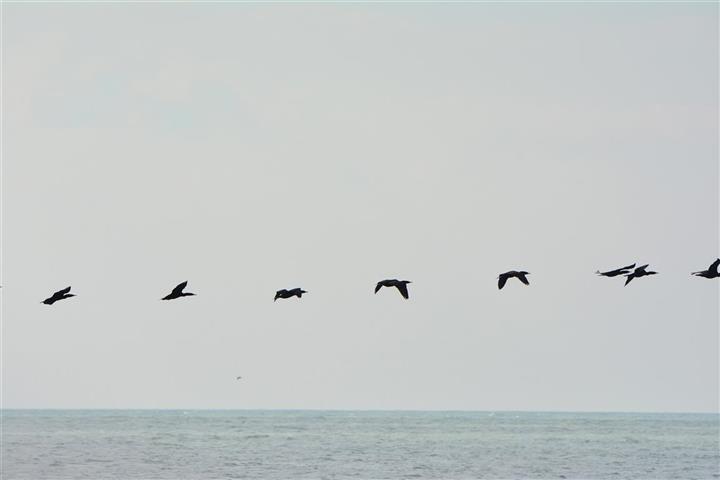
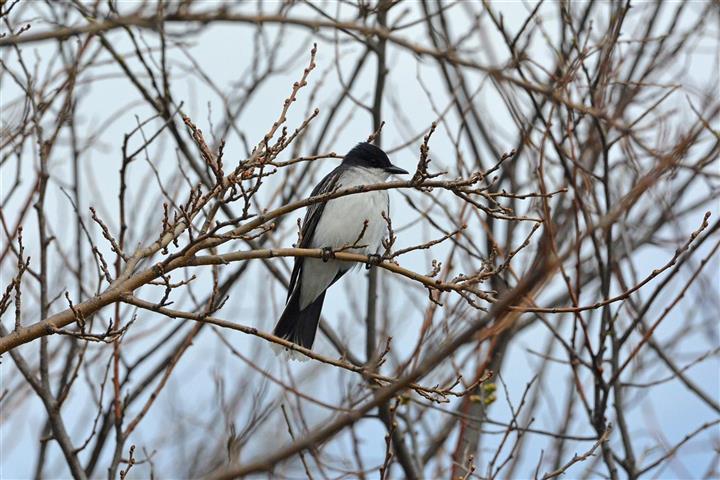
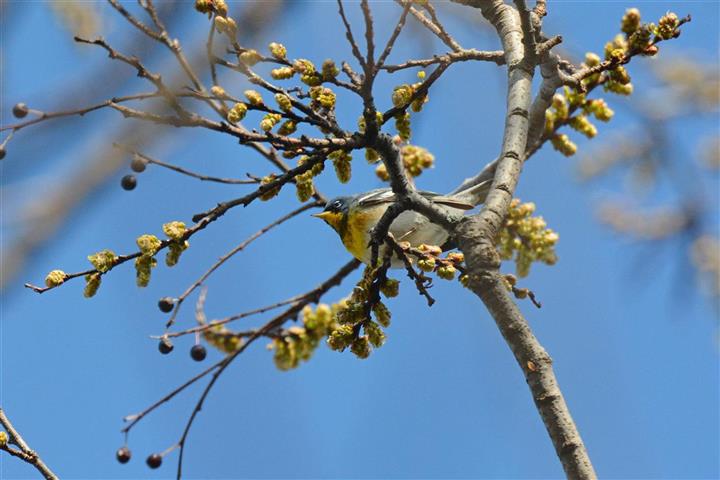
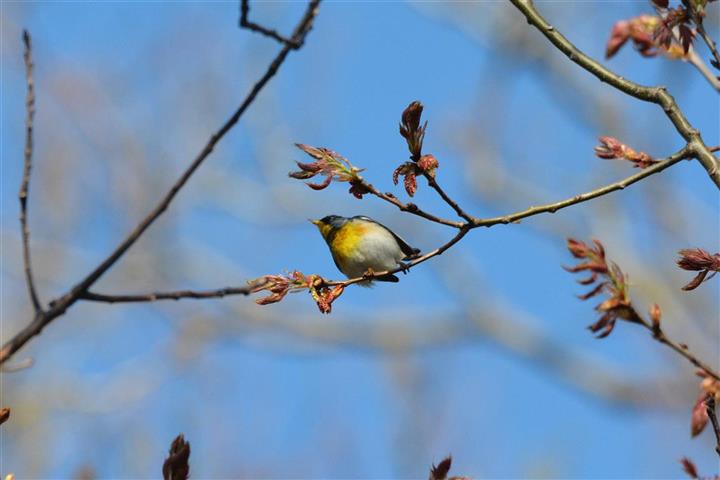
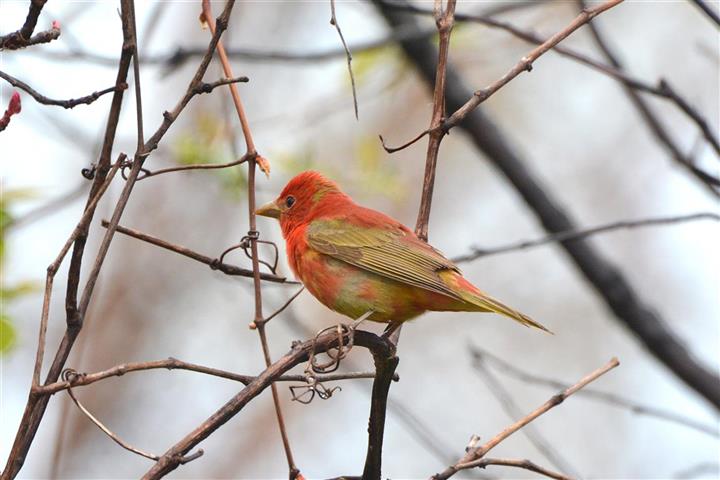
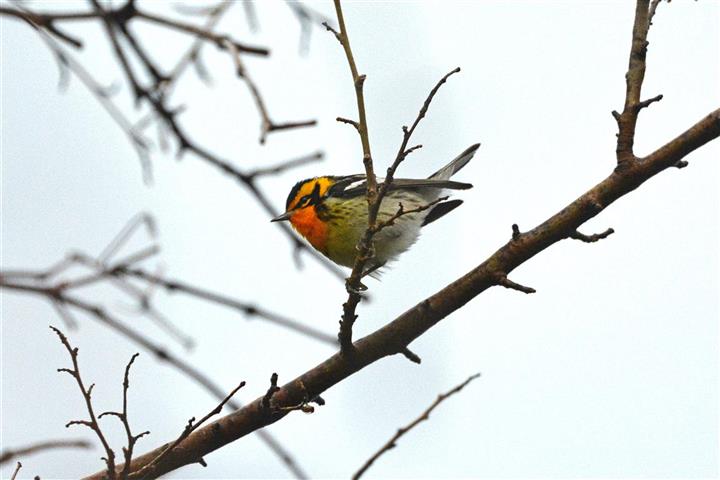
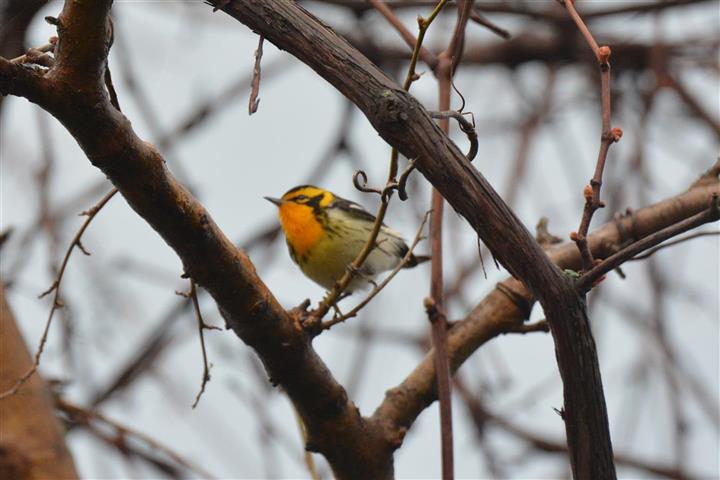
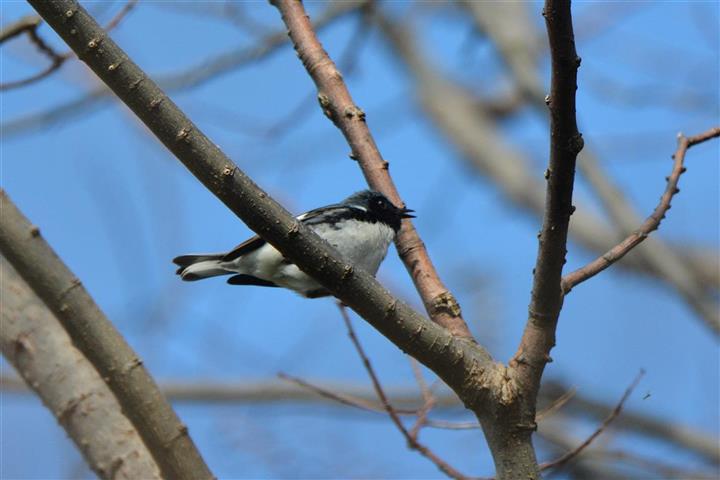
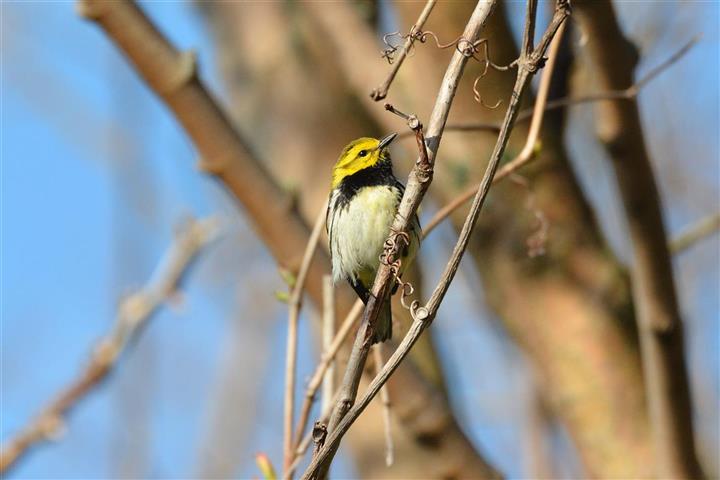
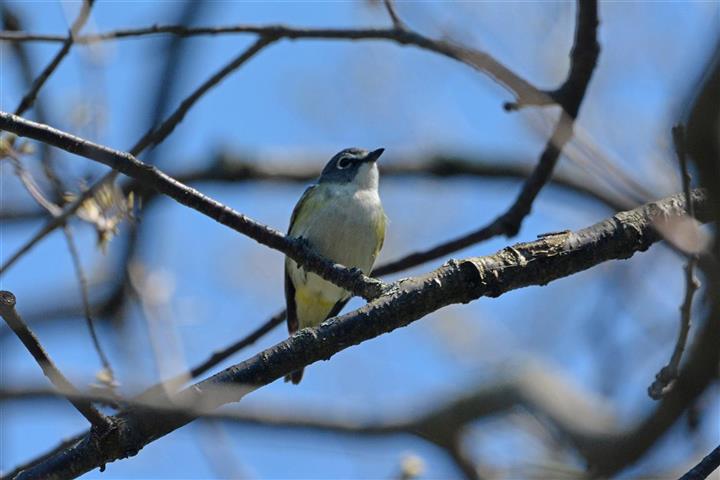
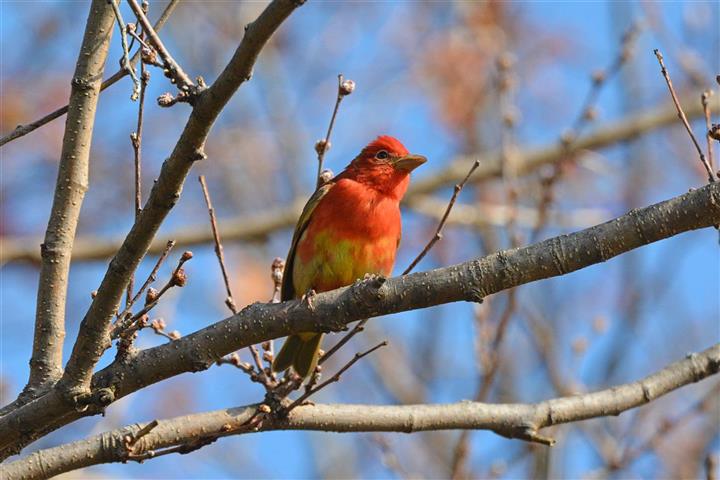
We
saw our friends Colin and Hilda from
Our
group was near the end of the tram loop area when we received a tip about a
male Cerulean Warbler working the canopy along the shoreline of east beach.
Without much hesitation we were off in search of it. Along the way we
encountered the first alternate (first breeding plumage) male Summer Tanager
yet again and simply had to stop to take it in some great views. A few hundred
meters along east beach we encountered the male Cerulean,
first by song, then by sight. Upon close inspection we could see it was a first
alternate male given its flaring white brow and lighter blue to its upperparts
compared to an adult male. The entire group took in eye level views of this
stunning bird; a highlight for all.
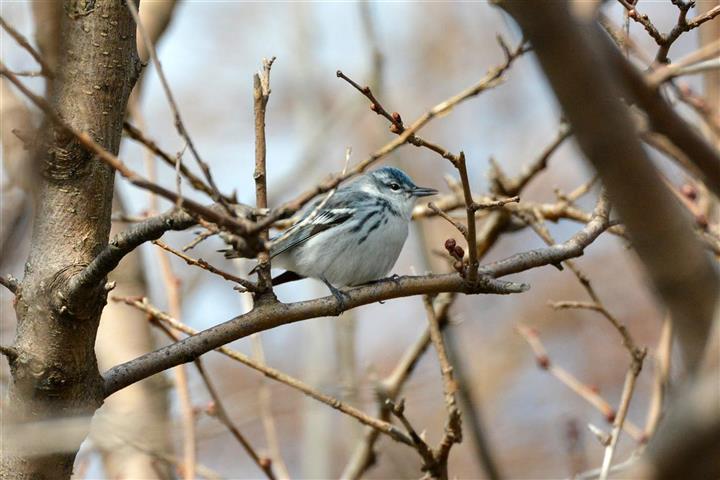
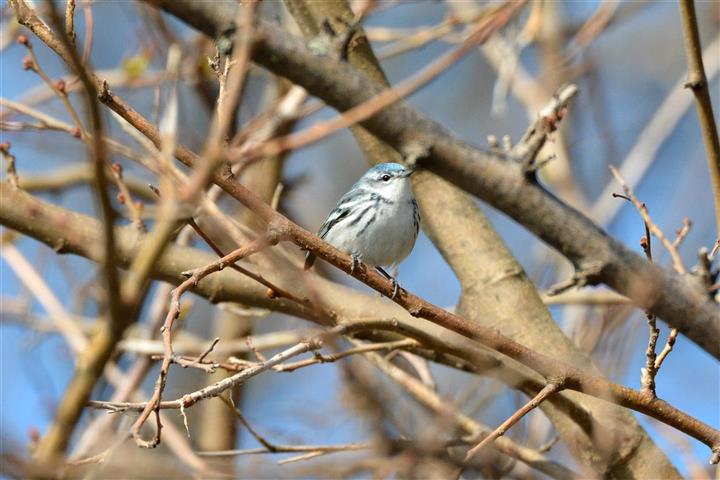
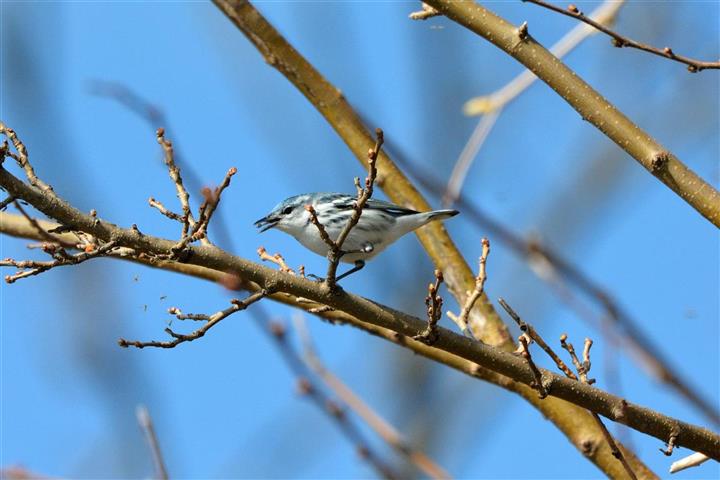
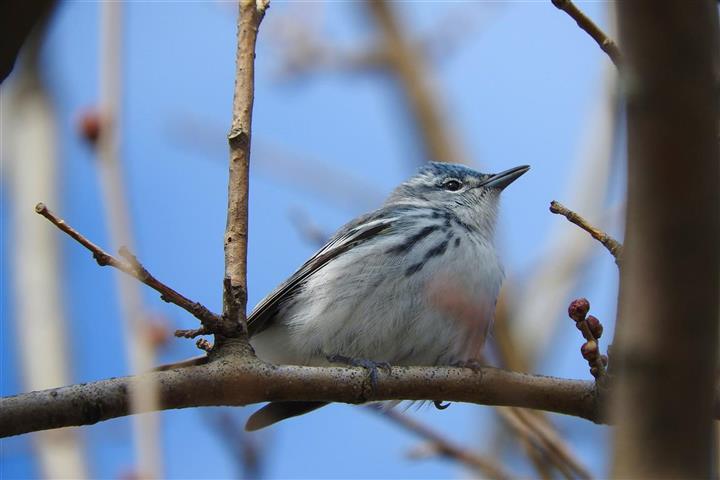
After
taking in views of the Cerulean, we headed west from the beach and began to
walk along a seasonal path. Noticing a crowd gathered in an area we dropped by
and asked what the birders were looking for. “Hooded…..and
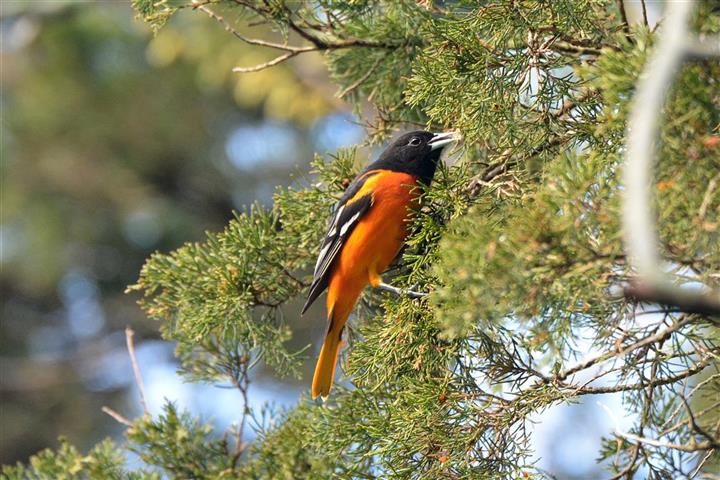
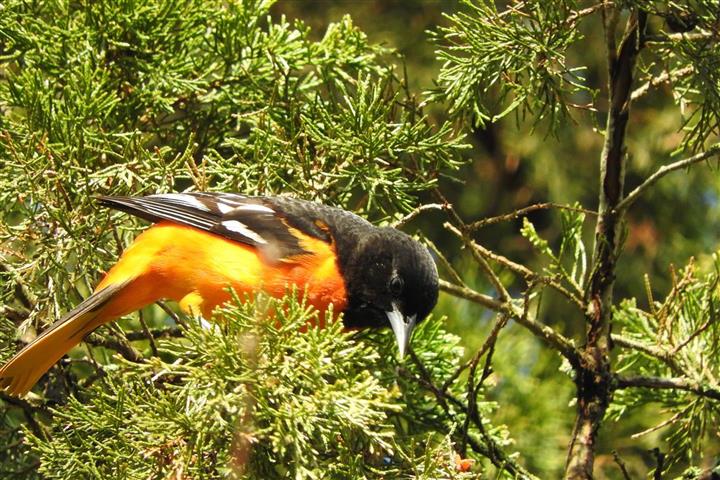
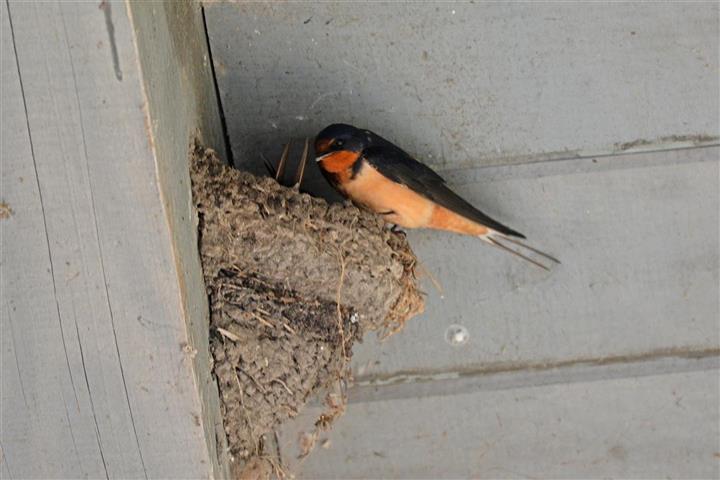
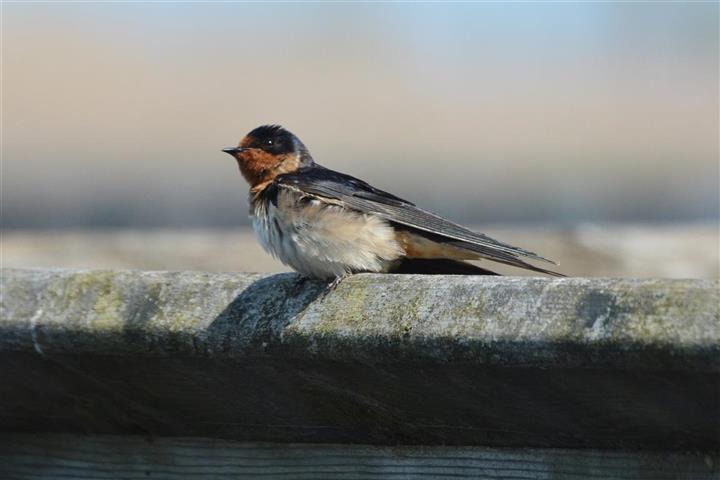
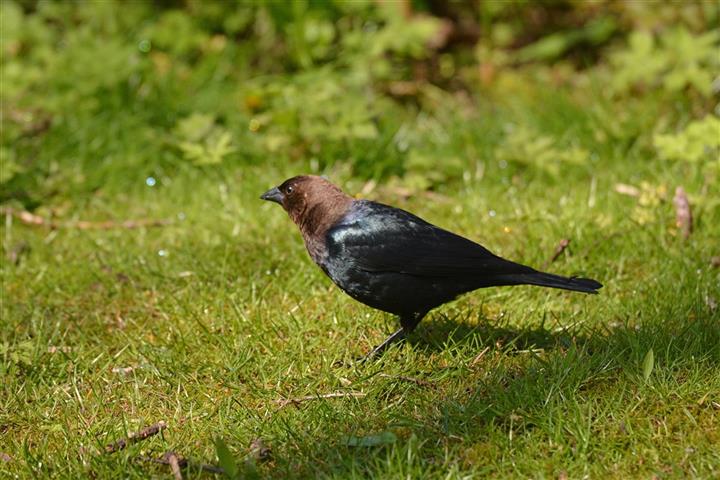
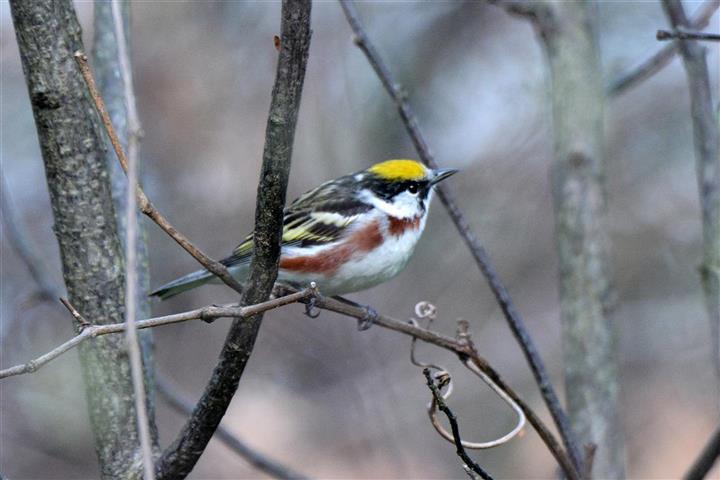
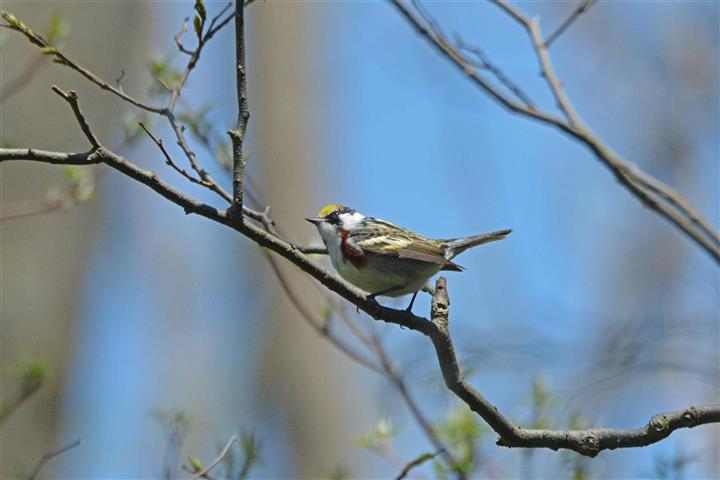
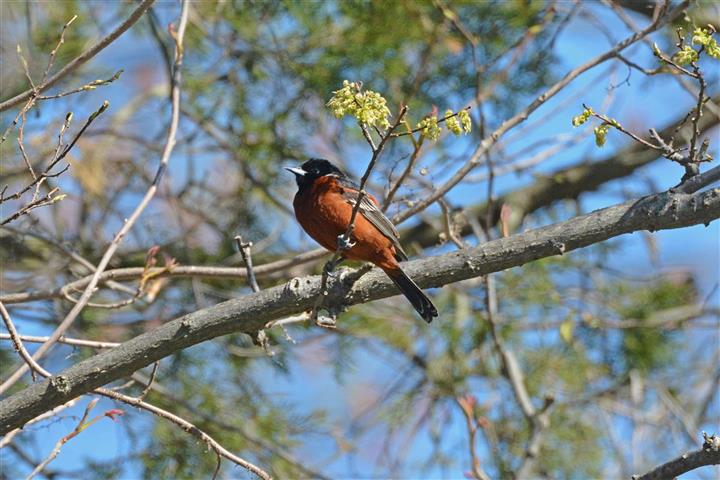
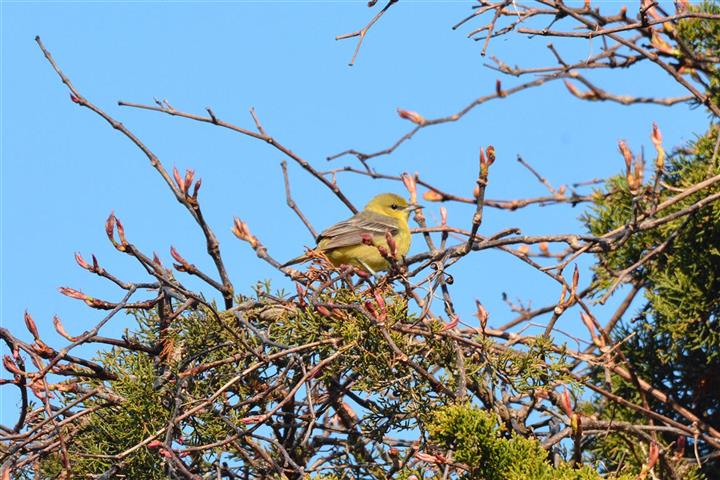
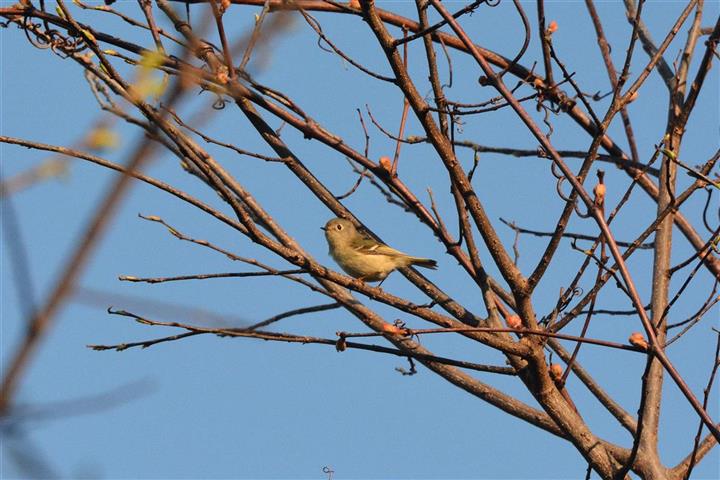
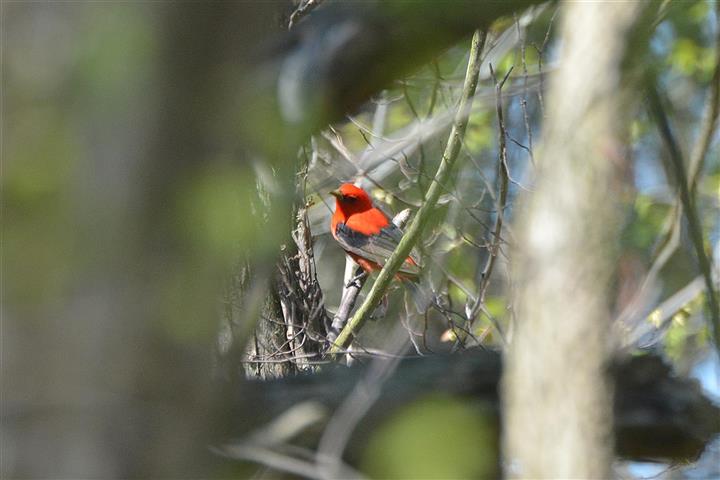
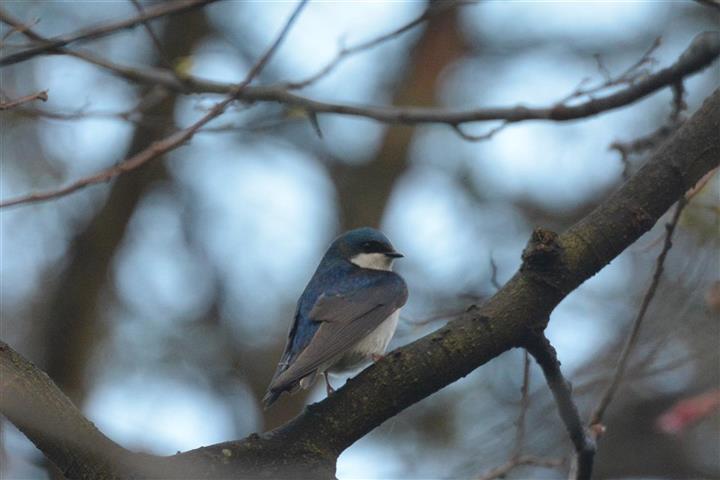
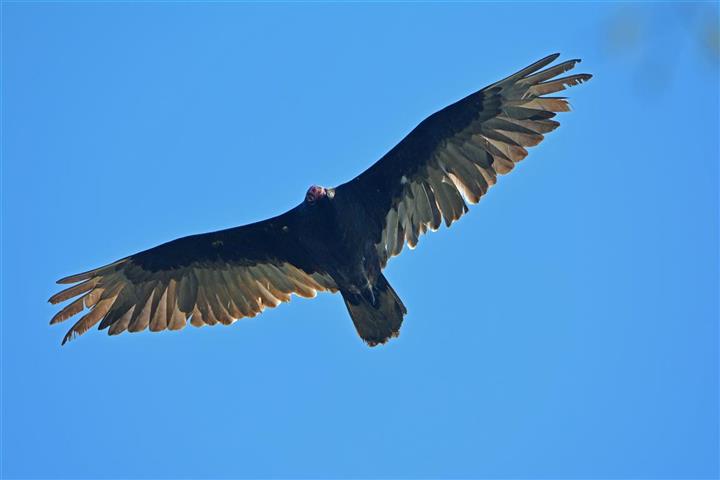
The Sparrow Field (a well-known specific Pelee location, now so overgrown that most sparrows don't
really care for it!), had some good species and the trail brought us back to
the Visitors Centre and its precious washrooms. We were told of a Worm-eating
Warbler "just past the Screech Owl!" in Tilden's Woods. We hurried
off and found a crowd looking at a rufous morph
Screech Owl. Following directions from Justin Peters and then Jean Iron we saw
the stripe-headed Worm-eating Warbler really well - another rarity and a lifer
for some. We also watched a male Rose-breasted Grosbeak going through a red,
black and white courtship display to an un-interested brown female.
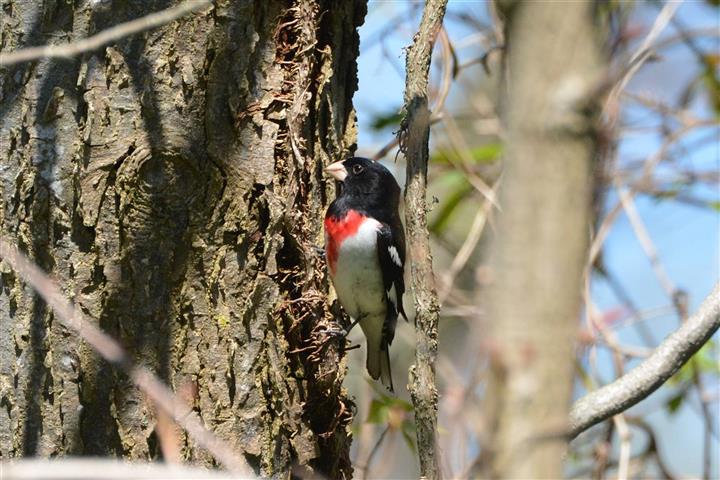
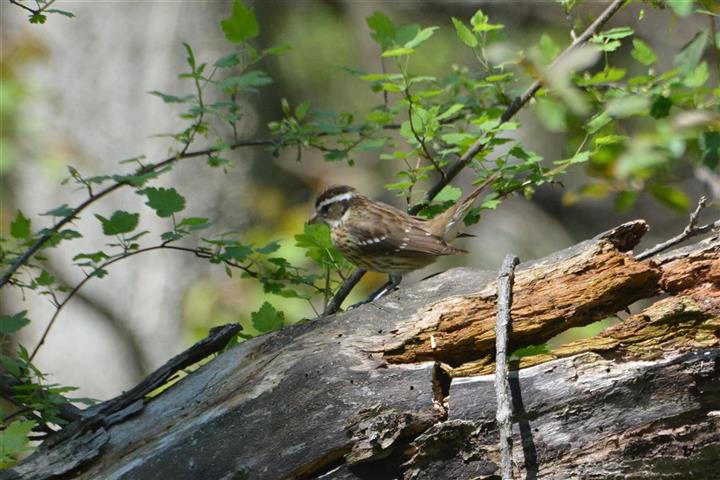
We
returned to the parking lot to join up with the splinter group and set up a
lunch buffet on some picnic tables near the bus.
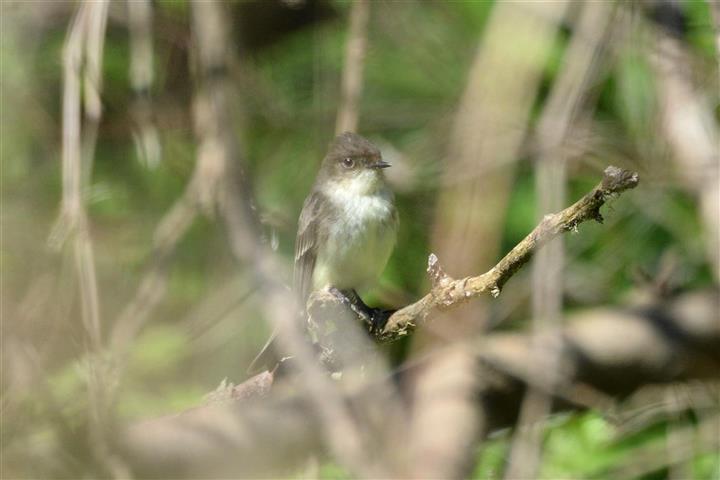
After
lunch we re-traced our way through Tilden’s Woods. We re -observed the
owl (a tiny bundle that looked last winter's dried leaves), but could not find
the warbler. We did see Red-headed and Red-bellied Woodpeckers and a mixture of
passerines. Most of the group went on a northward path, while some of us
returned to the bus to drive to the Delaurier
Homestead. There we took the Delaurier trail, where
we watched a Yellow Warbler building a nest.
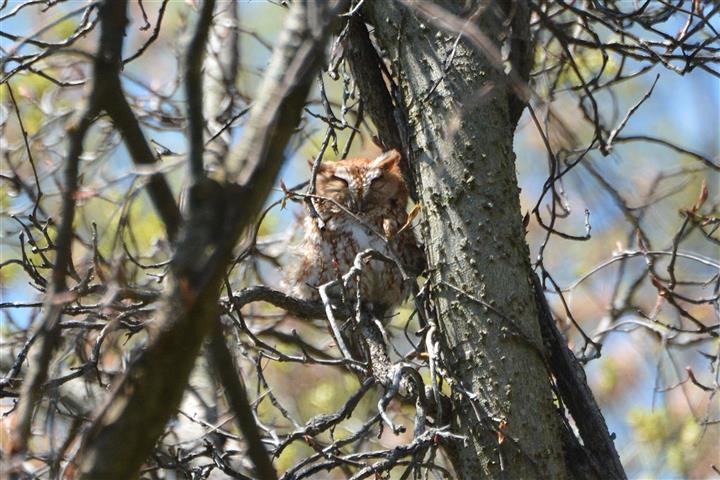
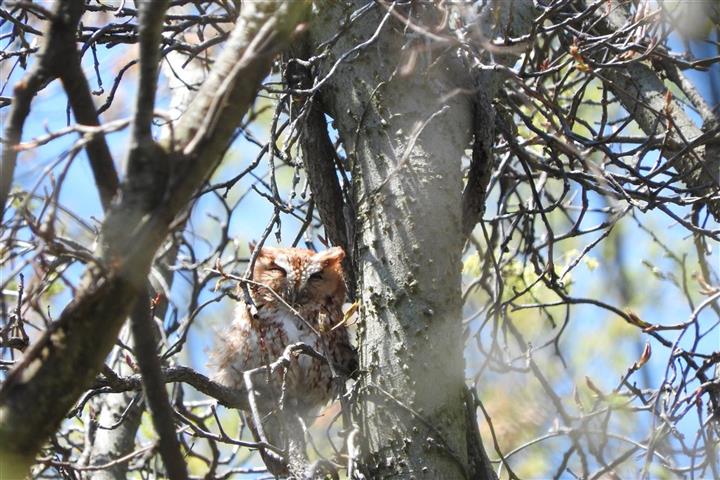
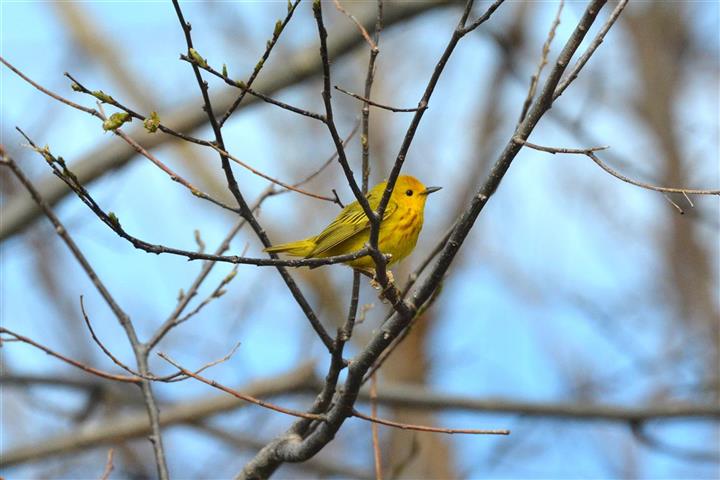
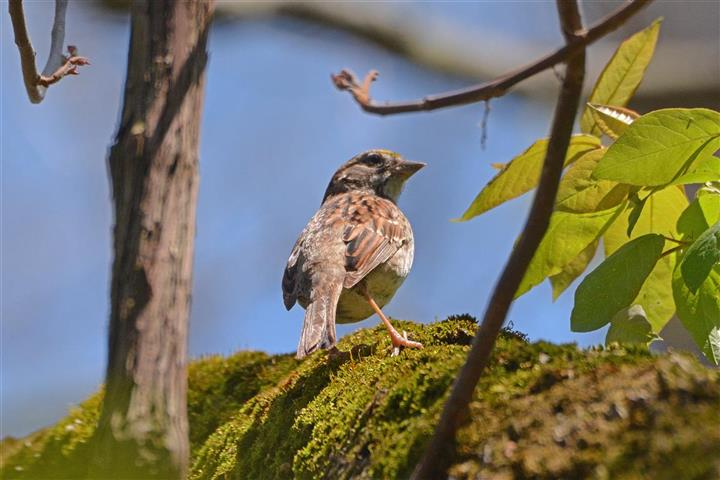
Those
on the northward path admired many warblers, thrushes and grosbeaks along the
way. At one point three Swainson’s Thrush and one Veery, high in a
large hardwood; quite a surprise seeing these species foraging for insects way
up in the canopy. The birding was generally a touch quieter along the northward
path, that is until we hit a swampy area with some
large cedars throughout. We noticed the cedars were holding some birds so we
began to work the flock. A few minutes passed and we encountered a handful of
warbler species, a White-crowned Sparrow and a Swainson’s Thrush. All
of a sudden a large, sturdy yellowish warbler with a green back, grayish-blue rump, graywings and
very plain face appeared. A Prothonotary! It was
slightly duller yellow than a typical adult male and had an infusion of
greenish tones throughout nape and crown, meaning it must be an adult female
given these plumage features. We observed the Prothonotary
along Chinquapin Trail, E side just S of "Cactus field” and promptly
put the word out via OntBirds (provincial rare bird
alert) so others could “chase” the birds.
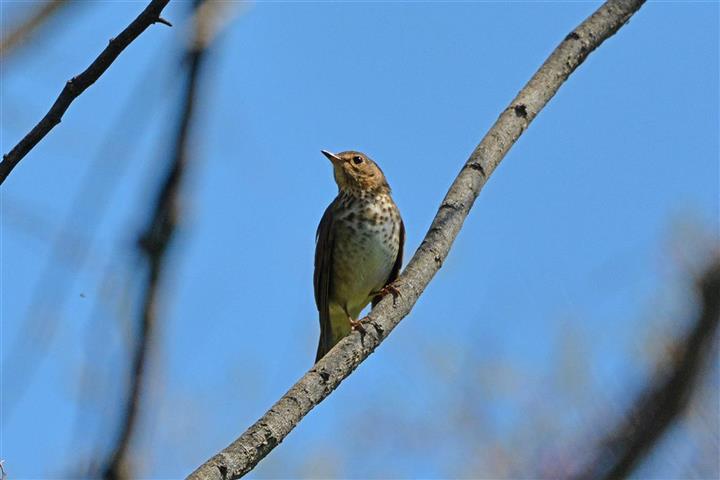
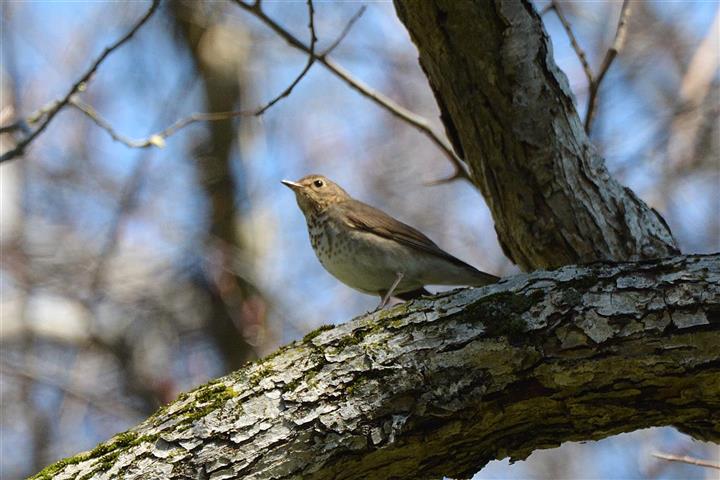
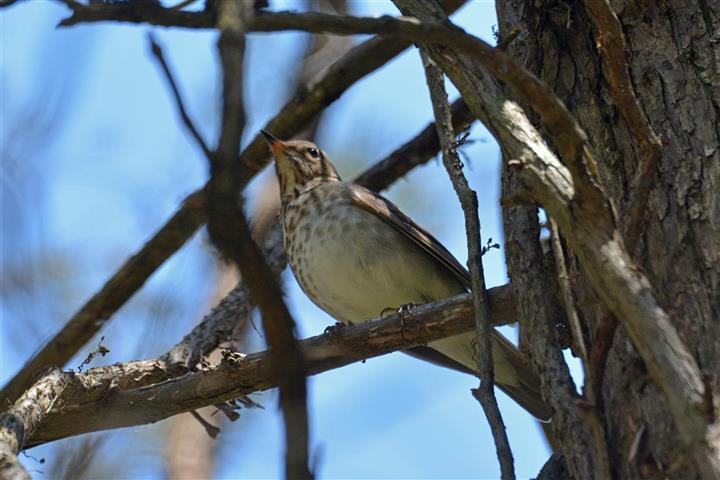
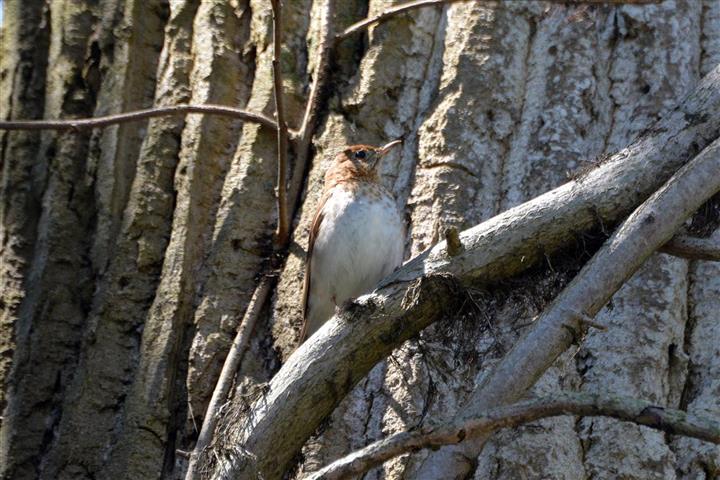
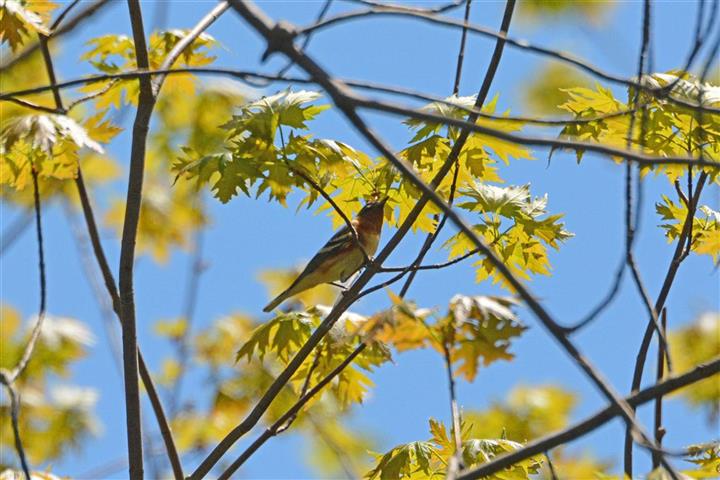
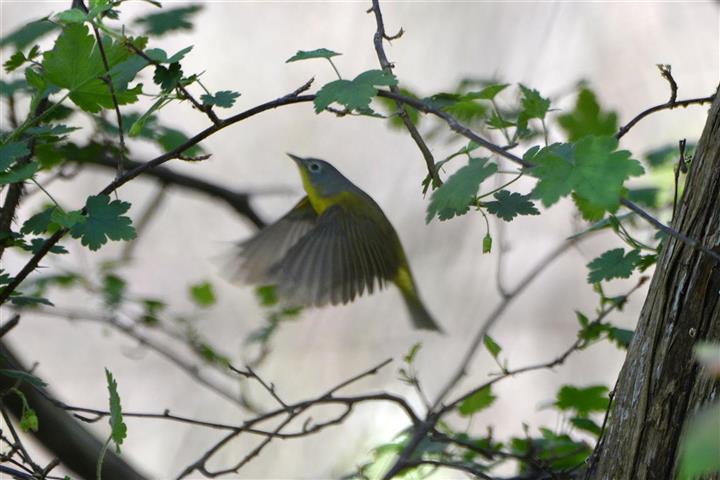
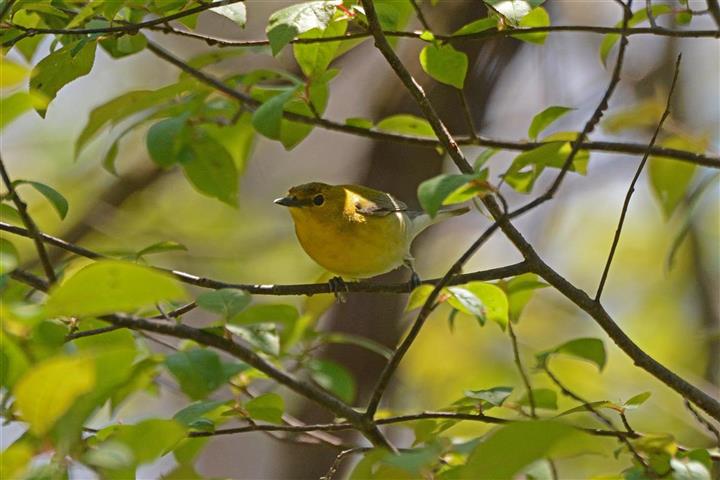
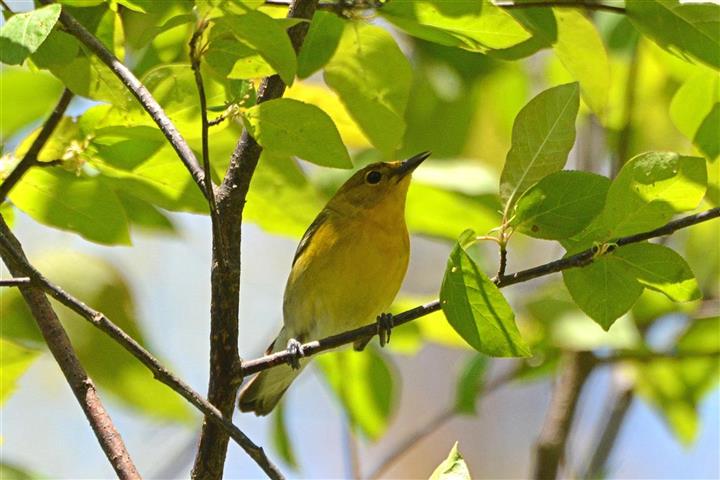
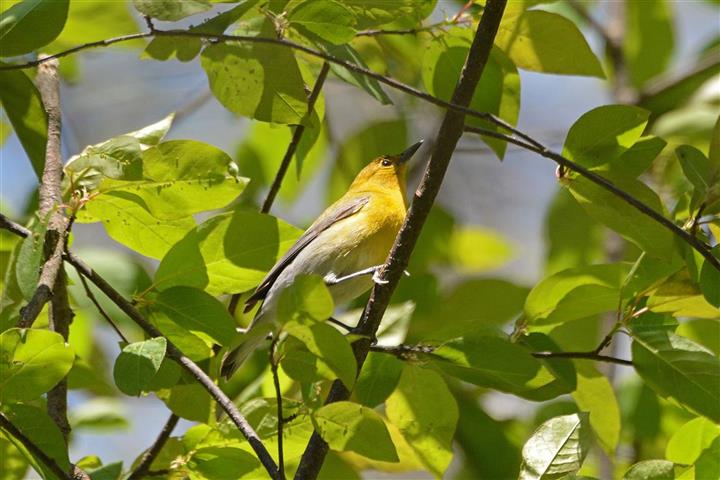
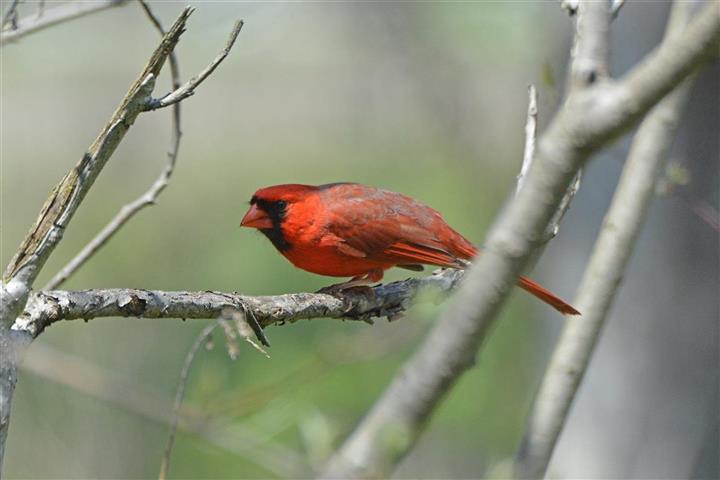
From
the Delaurier Homestead we took the bus to pick up
the rest of the group and go to the Marsh boardwalk. We took a short walk out
on the boardwalk (it has become choked with cattails) and climbed the tower.
This gave us amazing views of five species of swallows flying below us.
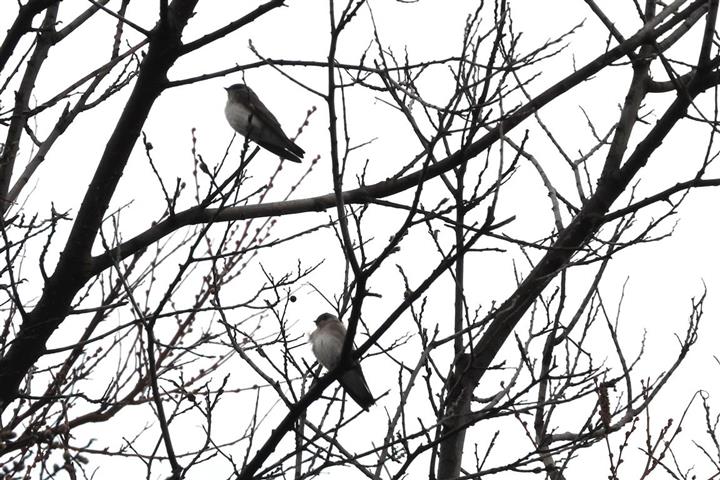
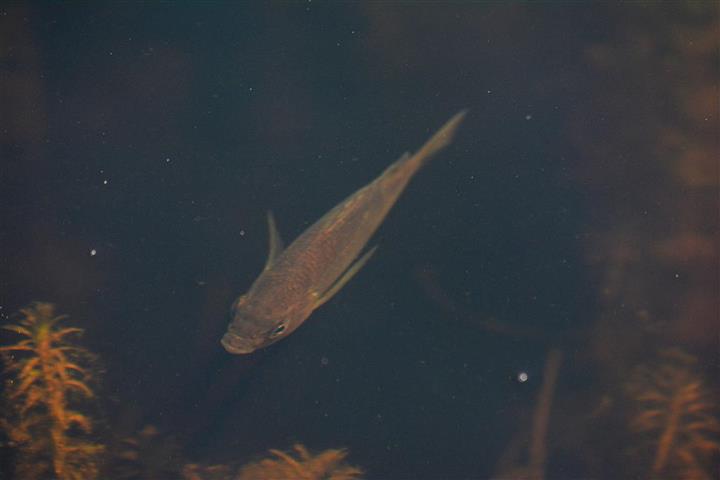
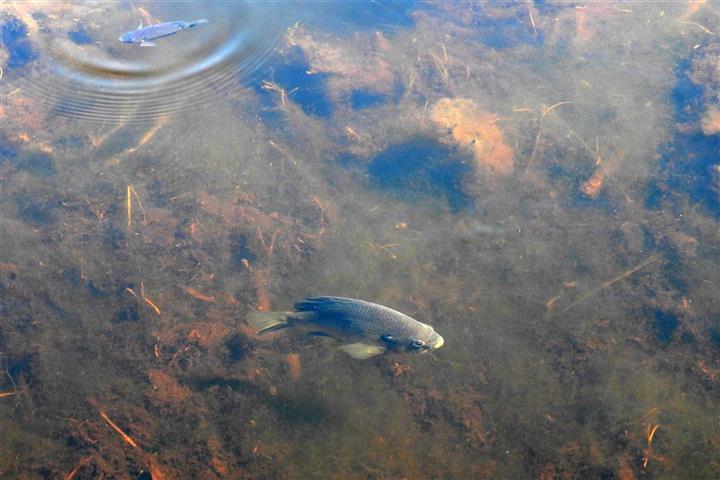
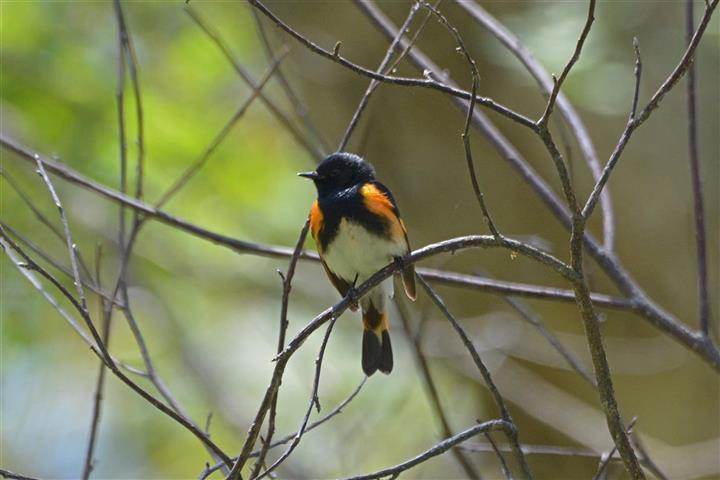
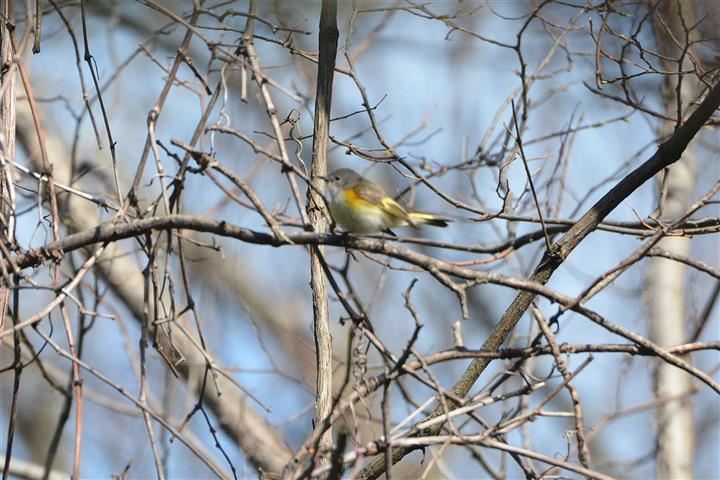
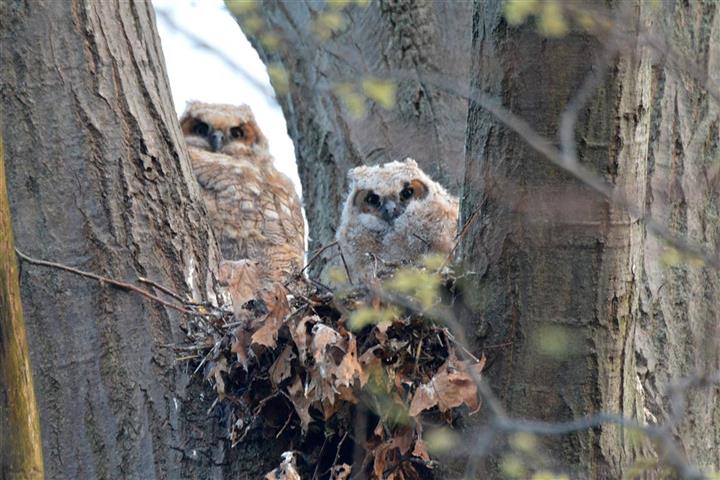
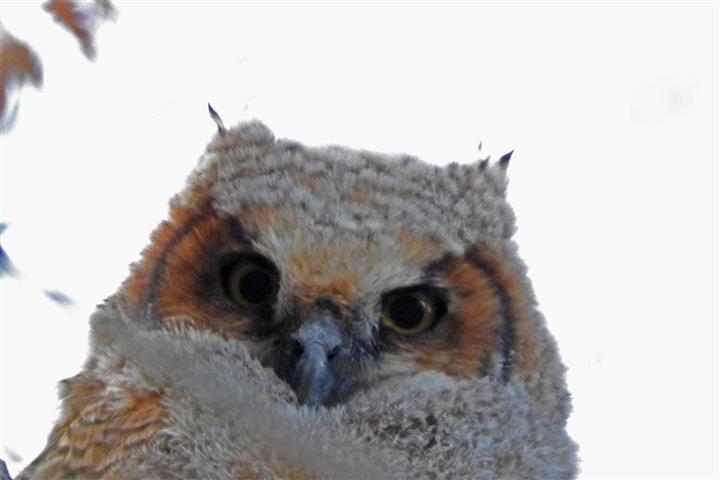
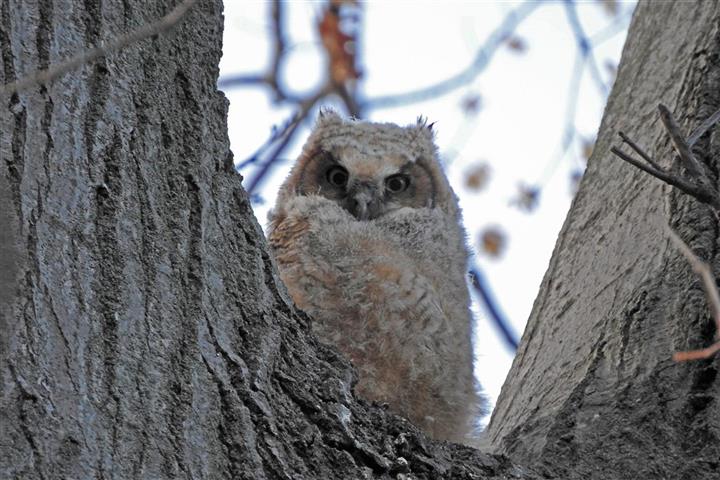
.jpg)
.jpg)
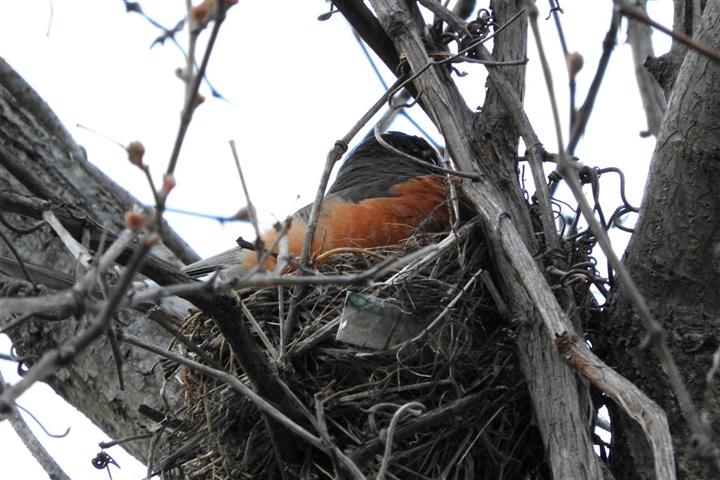
Saturday
May 14
These
birds almost overshadowed an amazingly cooperative Wood Thrush. This species is
normally well hidden, only betrayed by its beautiful song. This bird hopped in
front of our cameras.
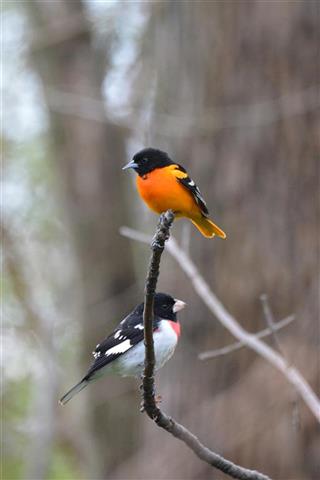
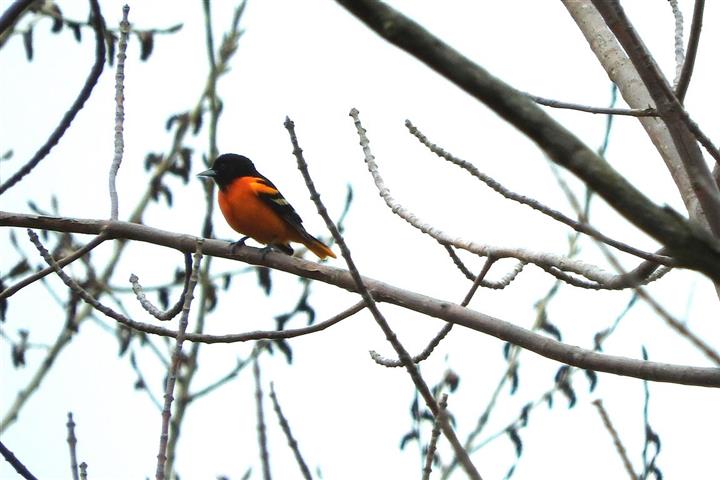
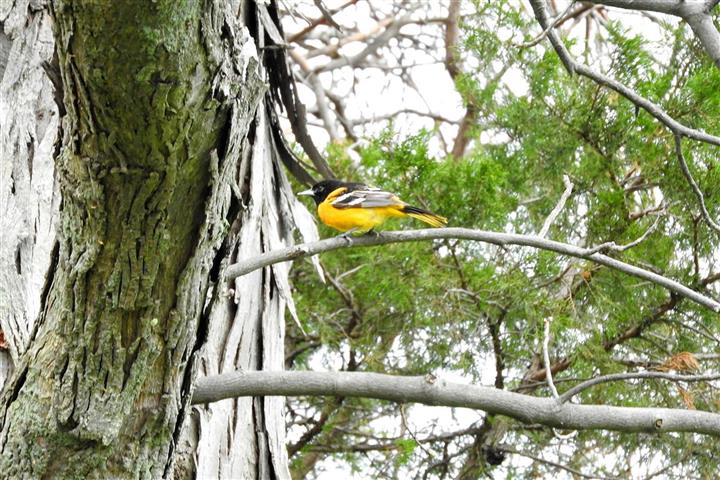
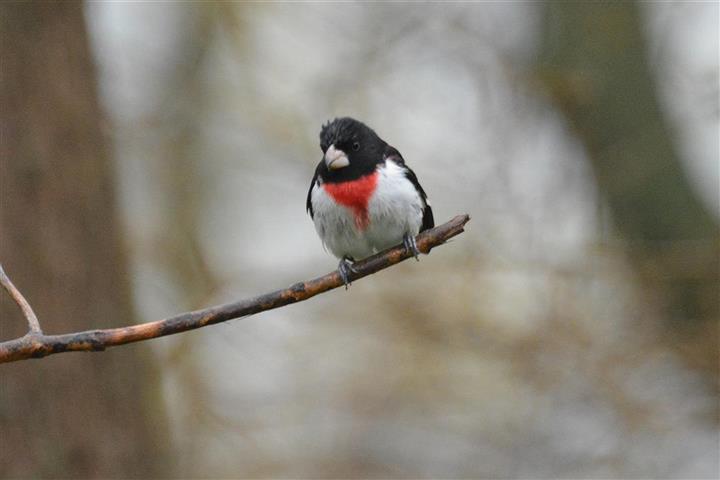
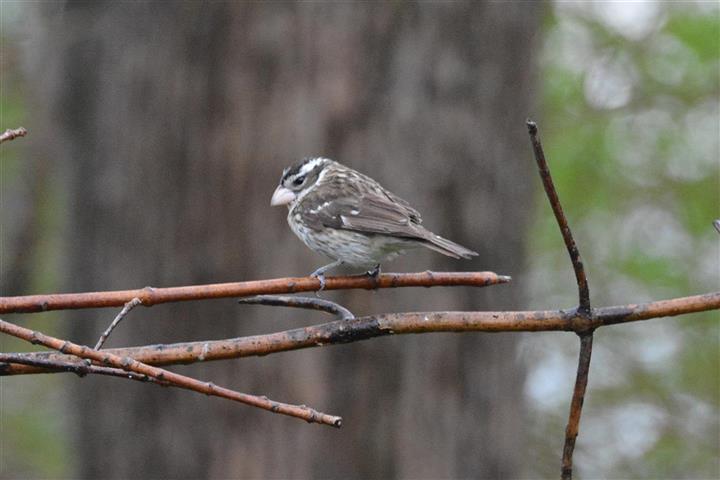
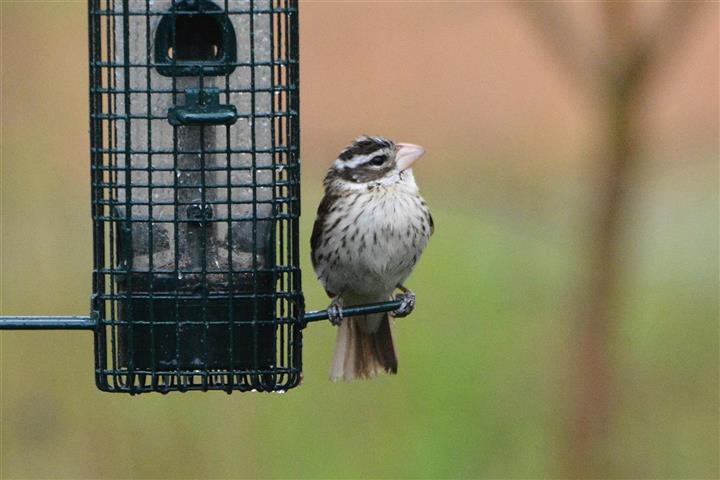
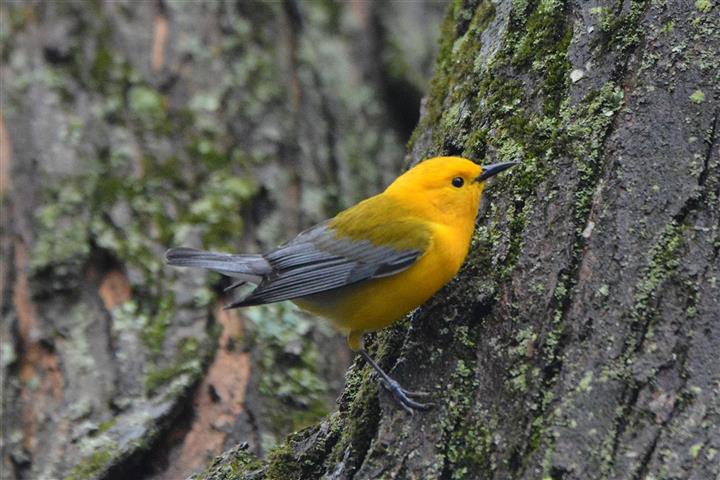
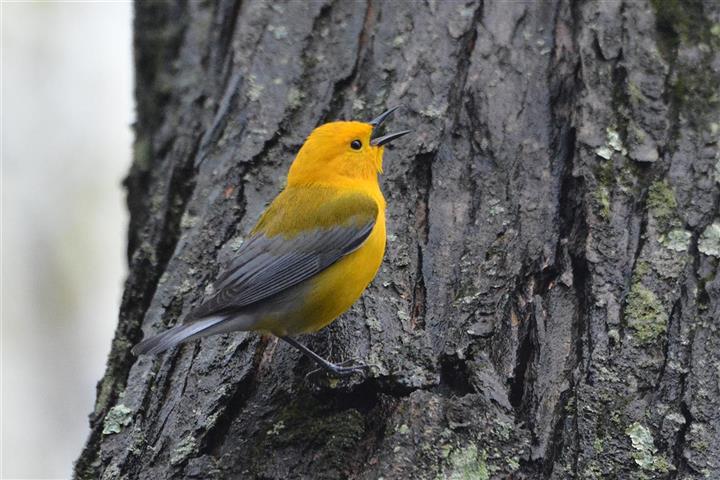
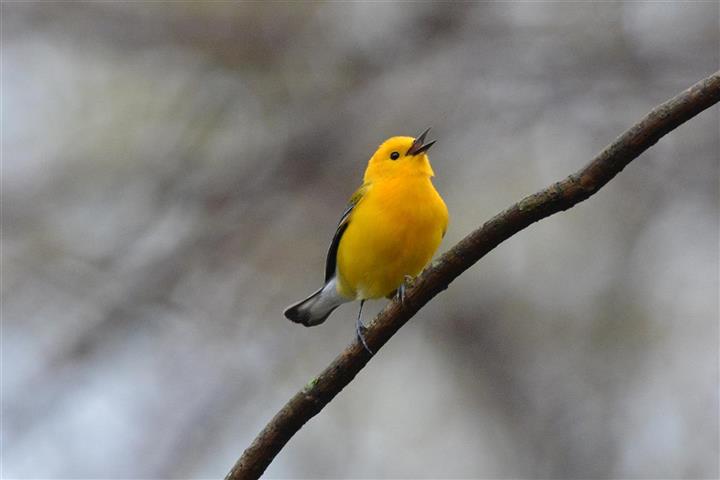
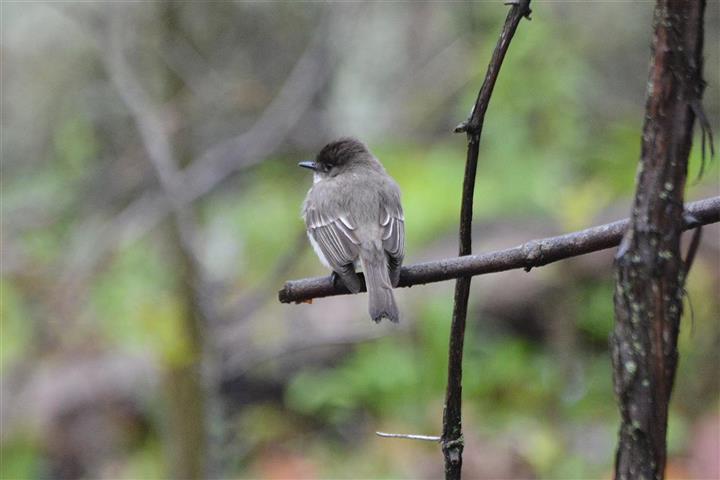
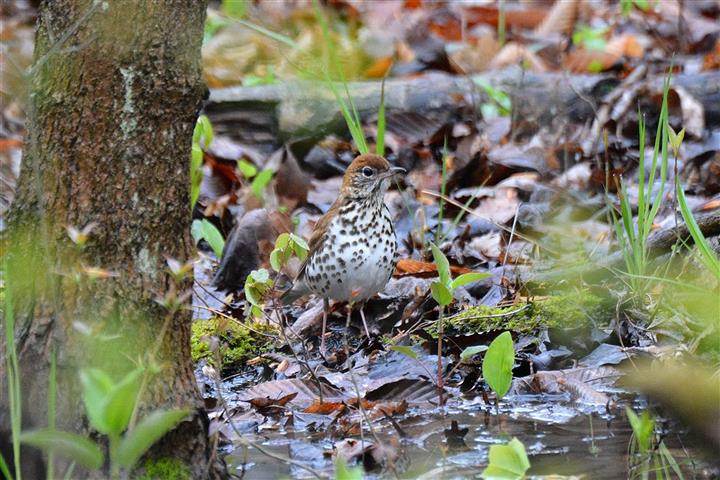
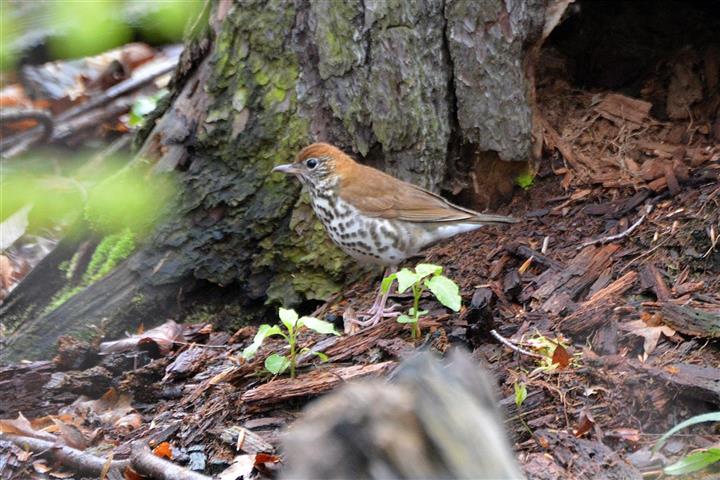
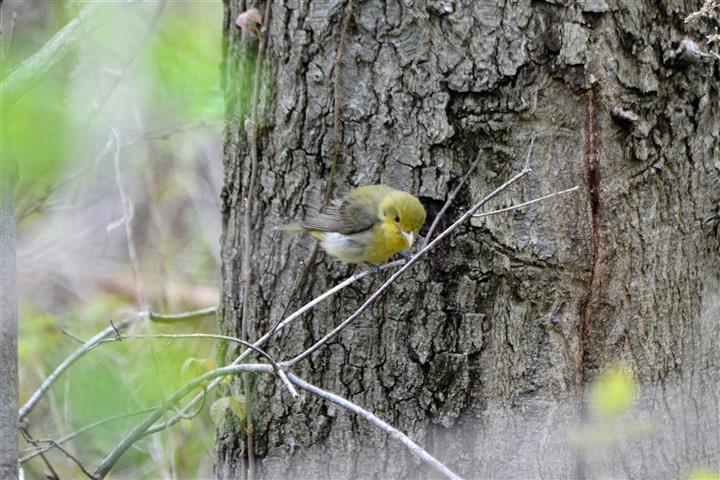
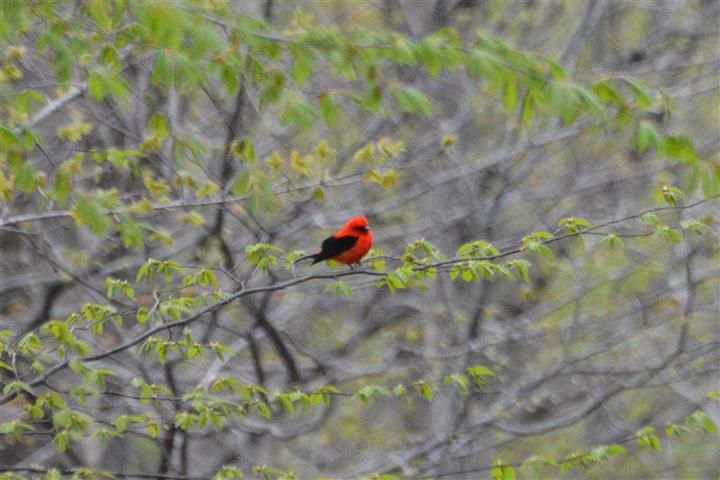
Back
at the Visitor’s Centre a Red-bellied Woodpecker came to the feeder area.
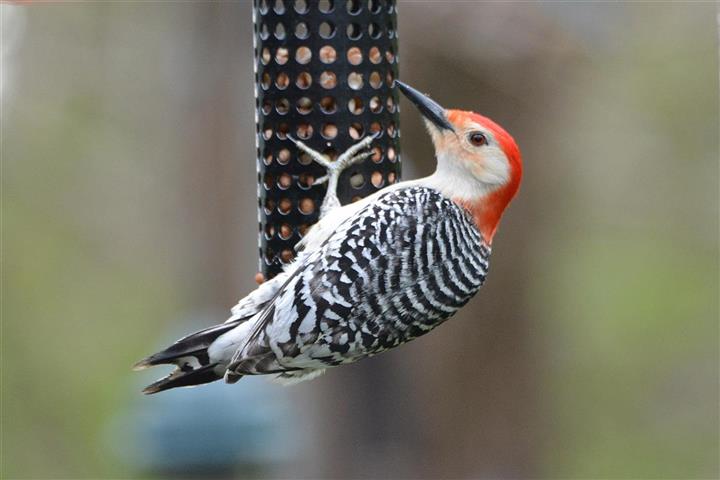
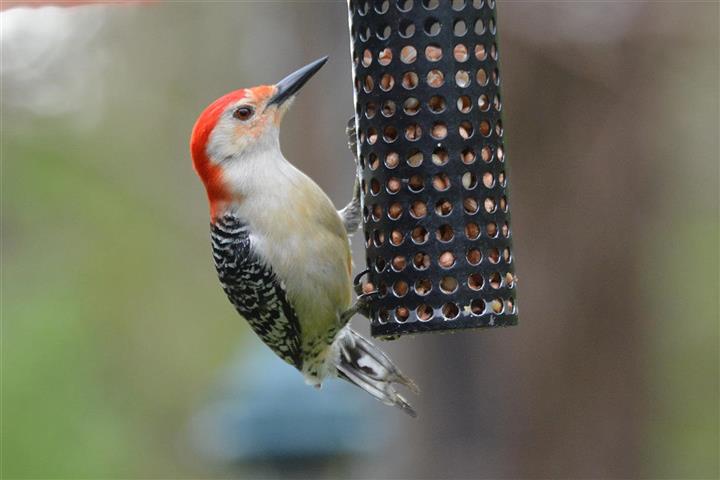
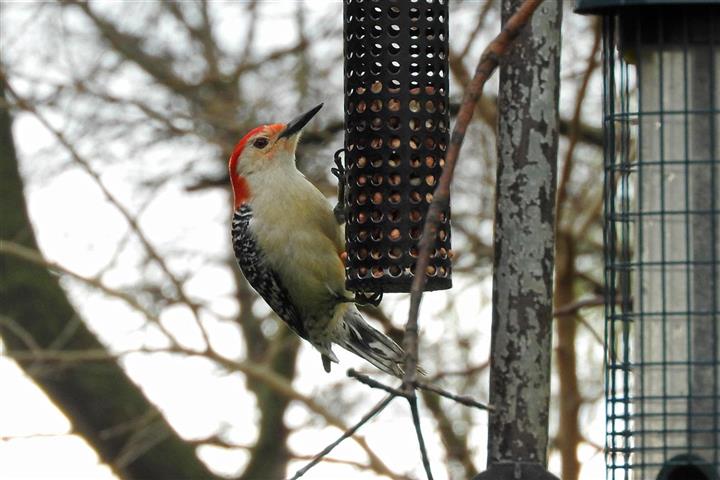
We
set off on
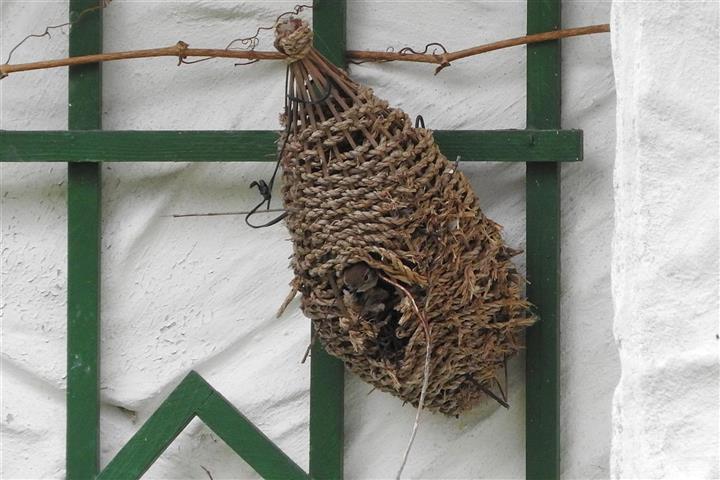
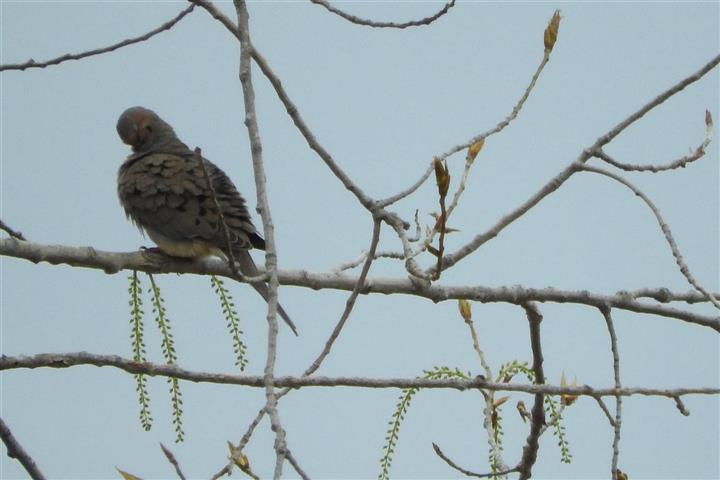
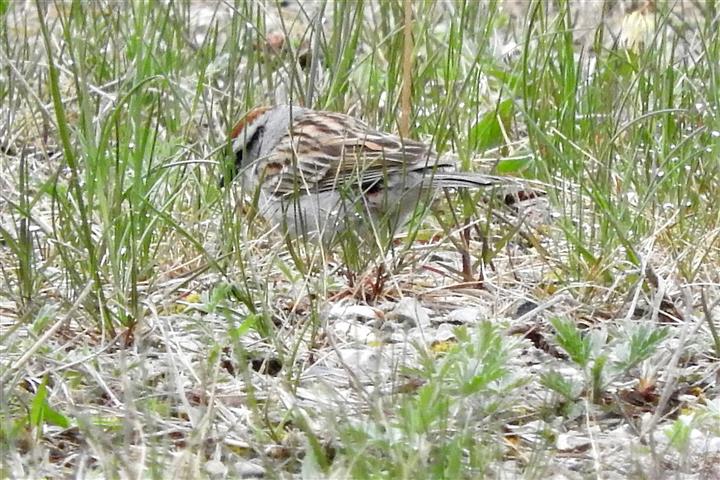
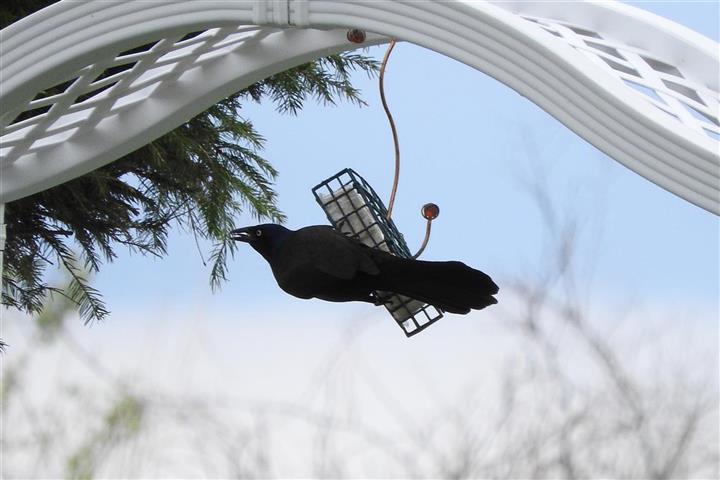
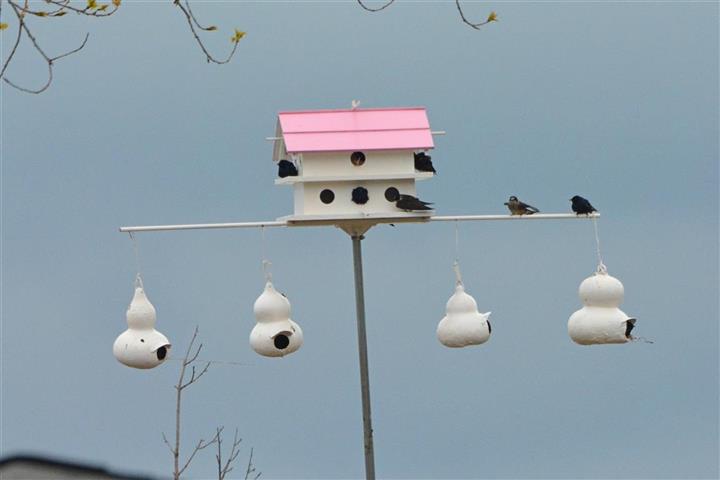
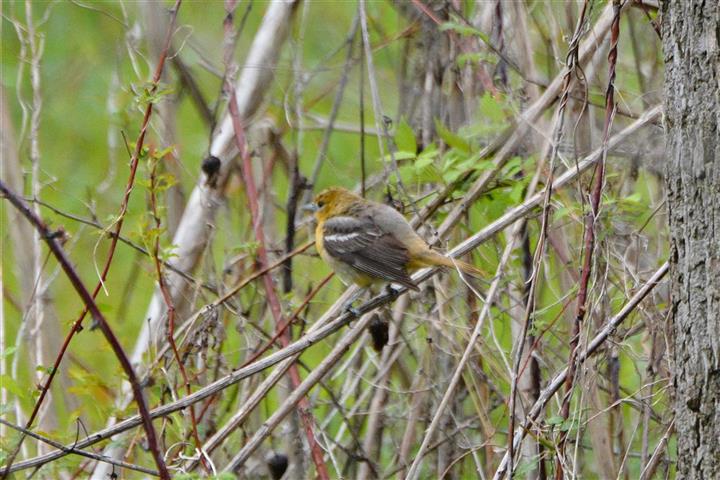
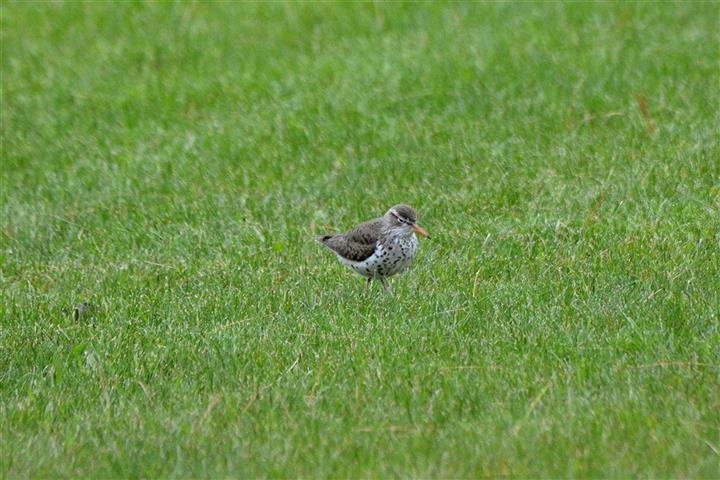
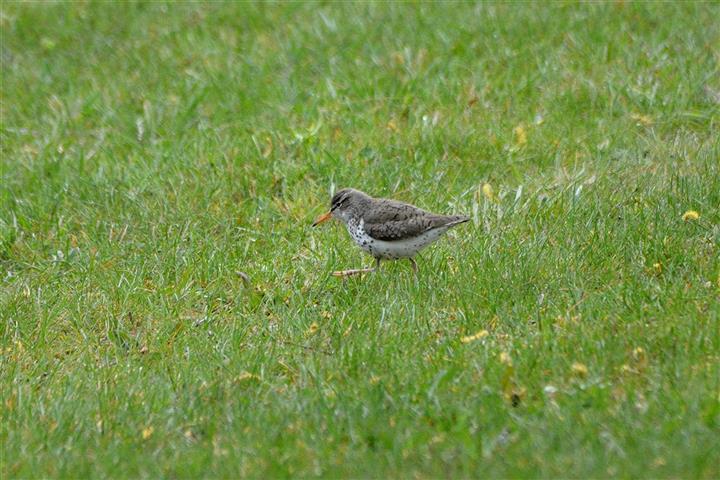
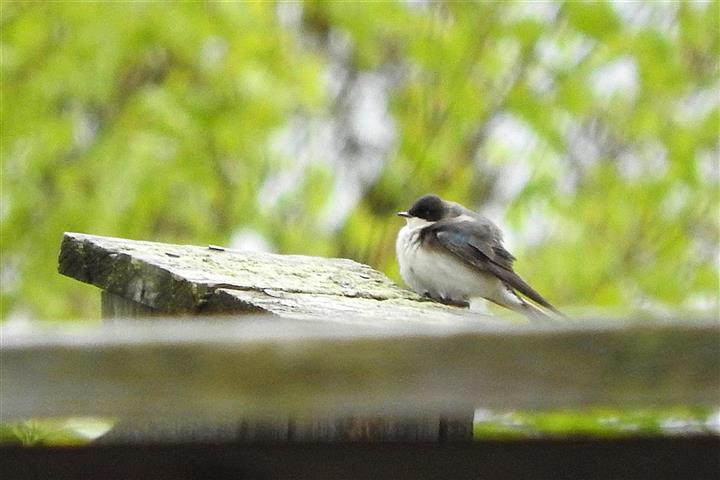
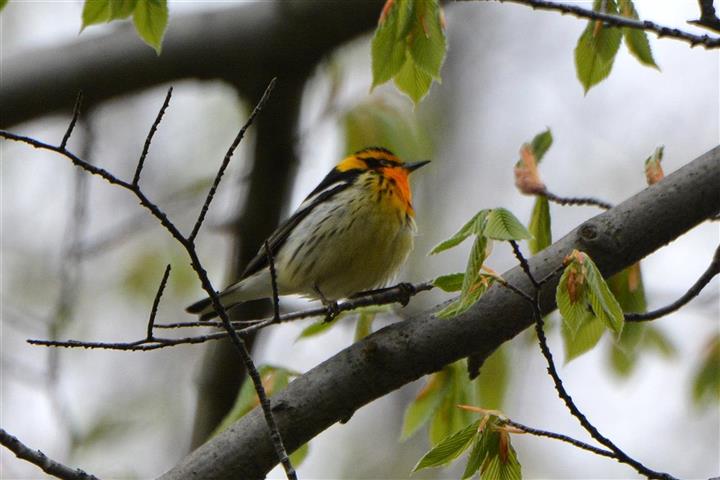
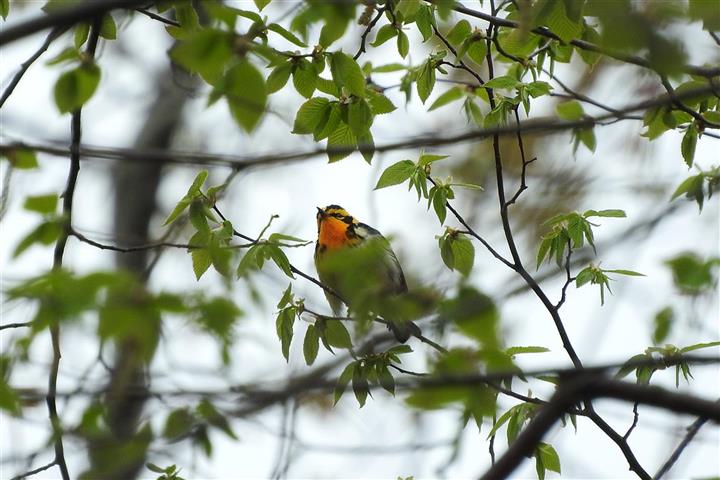
A
Mourning Warbler had been seen the day before near Bennet
and Rondeau Roads. A number of people got out at this
spot, and walked along
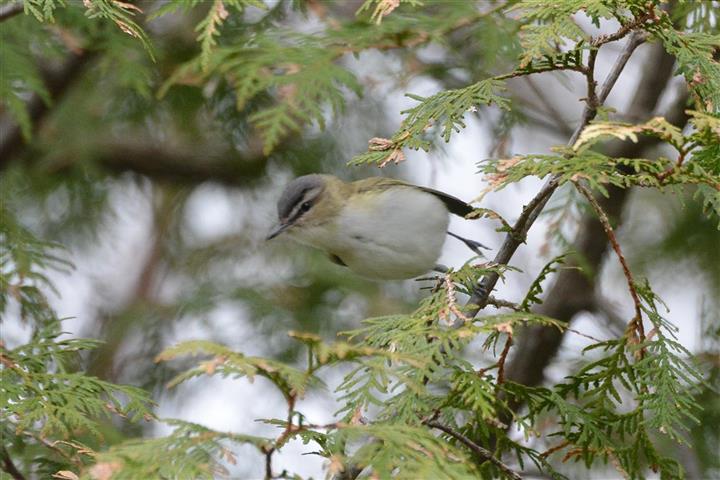
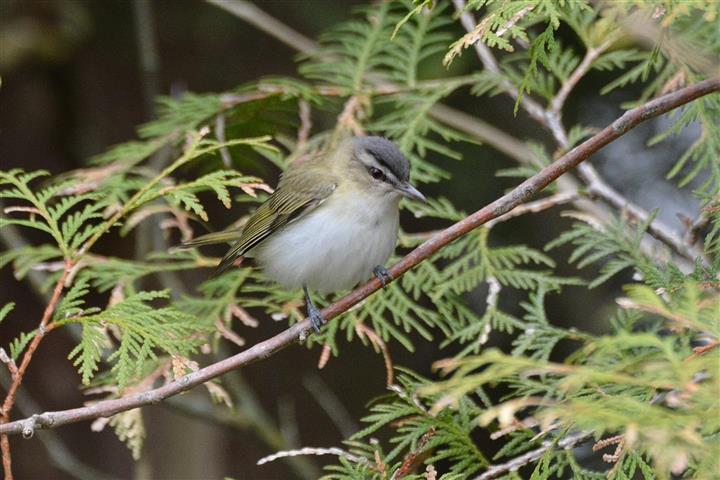
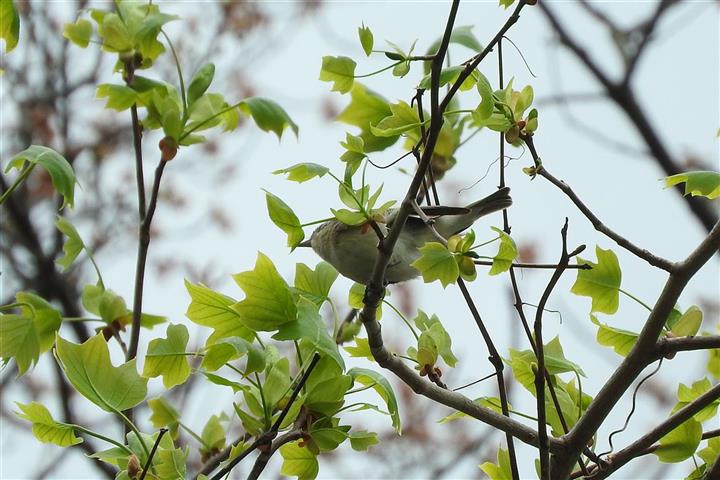
After
lunch we decided to try the Marsh trail, but it was too exposed. We then
decided to walk
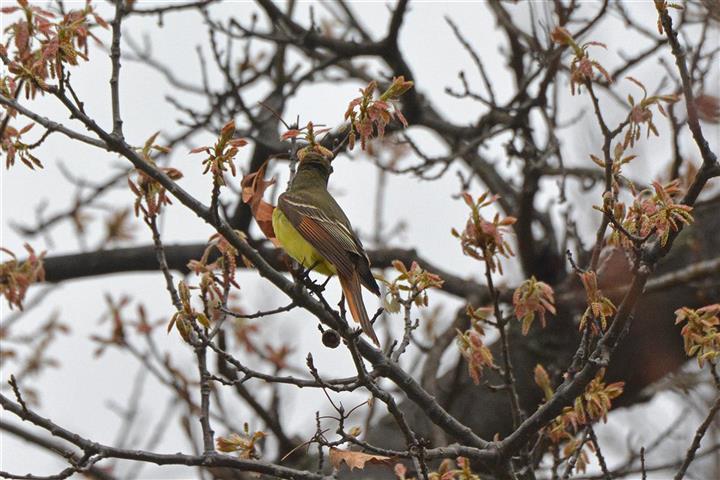
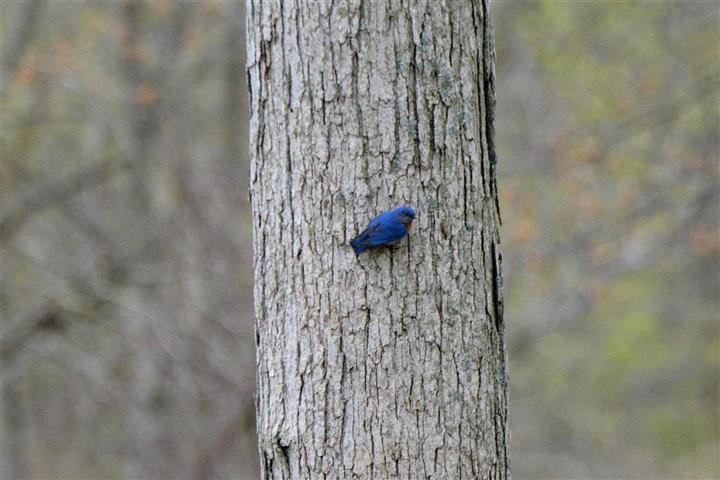
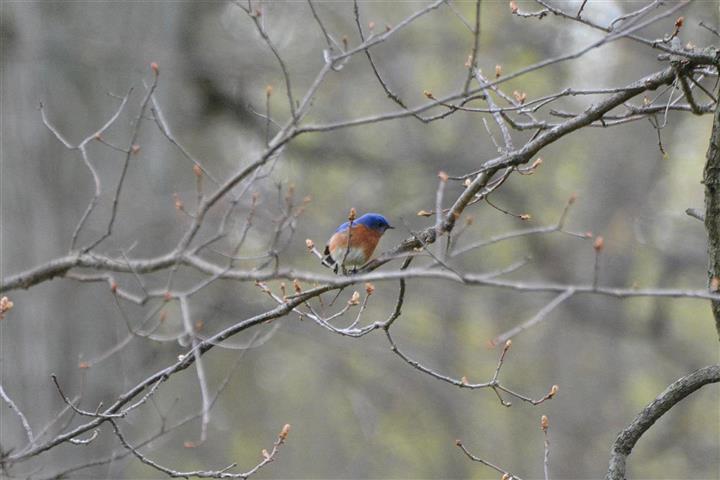
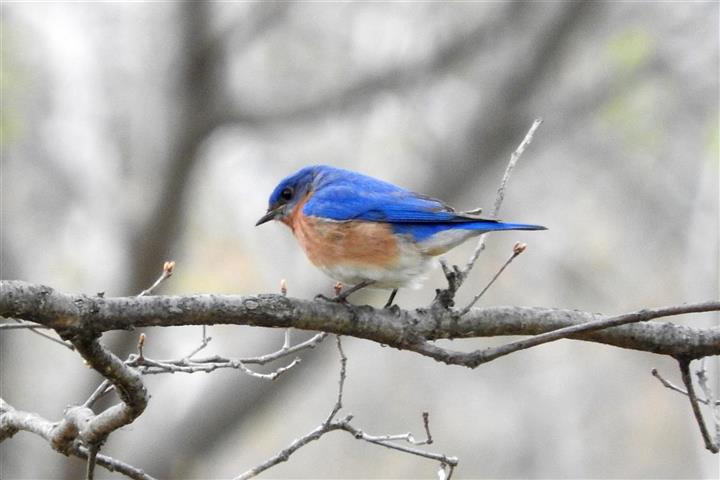
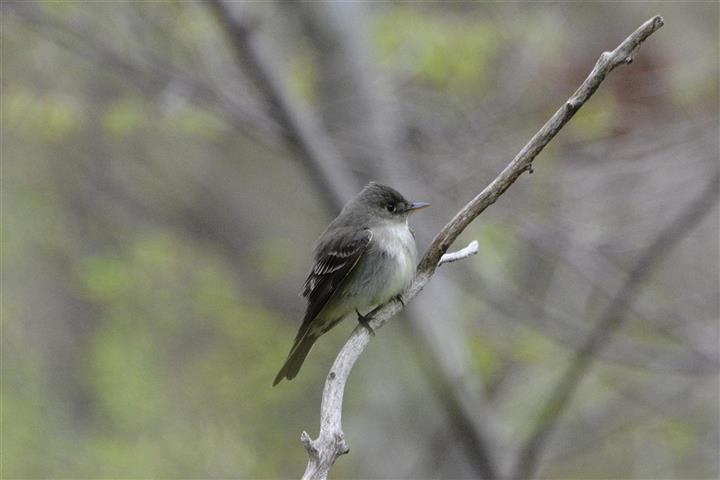
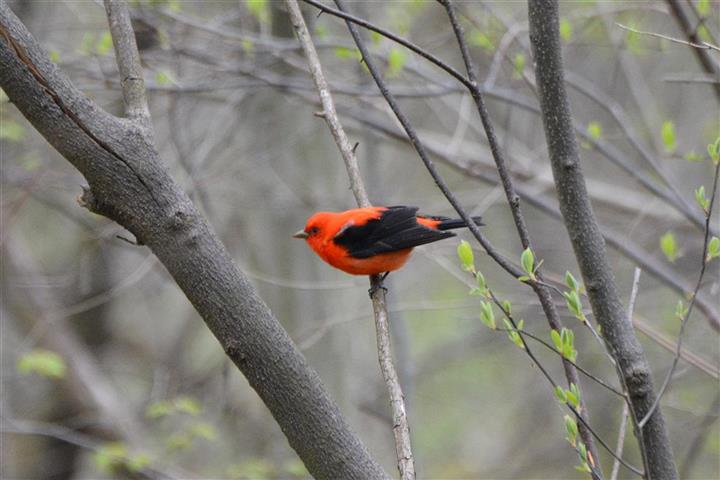
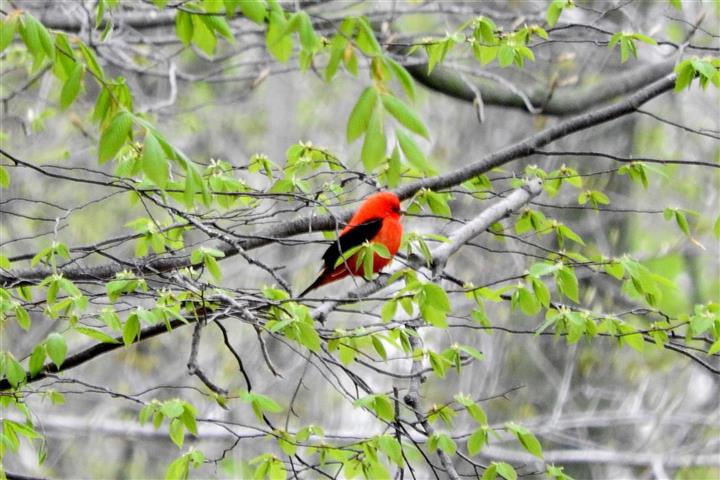
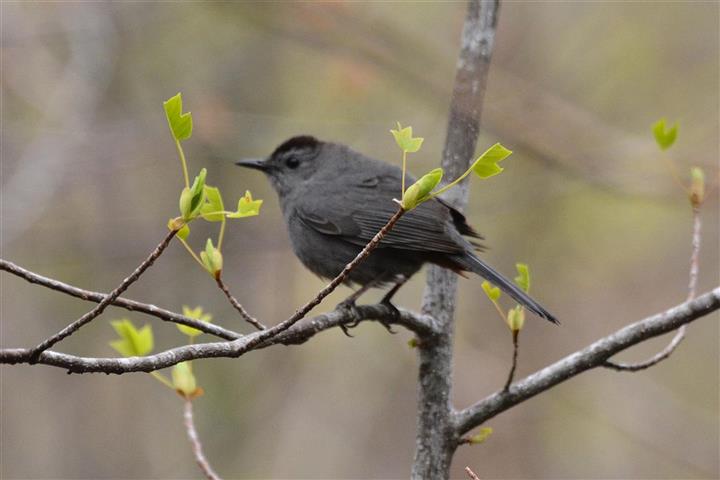
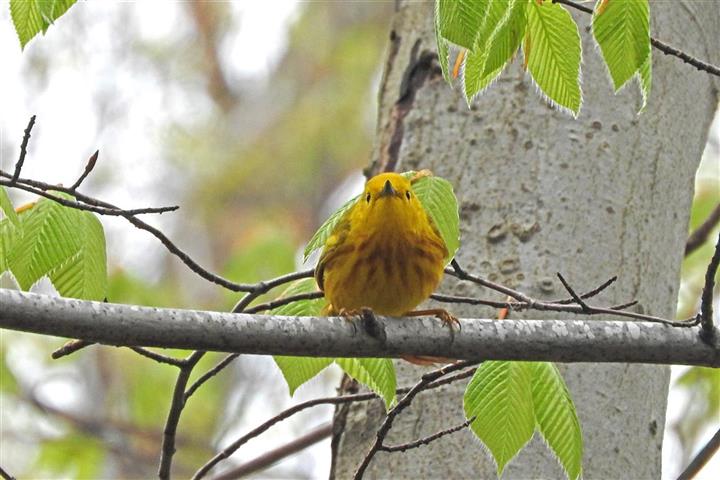
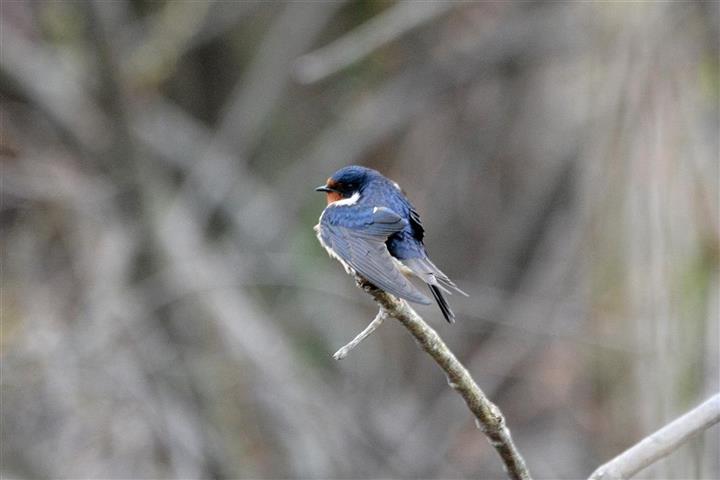
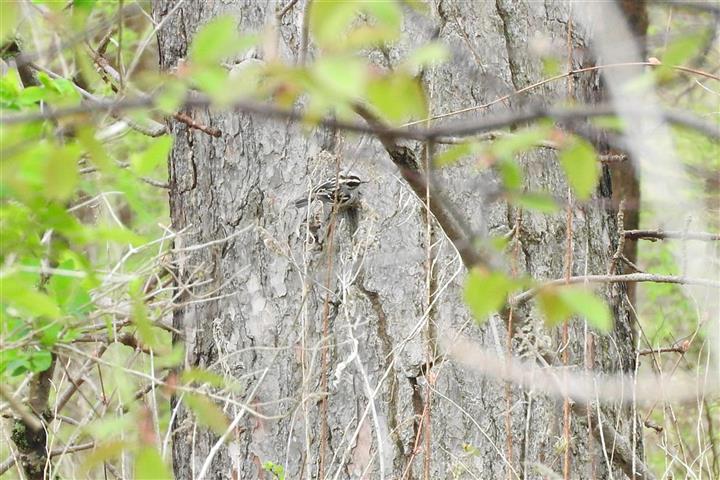
We
drove across country to Hillman Marsh. We scurried along the wet path to the
shorebird cell. We were rewarded with a sighting of five Willets as well more
common shorebirds, terns and ducks.
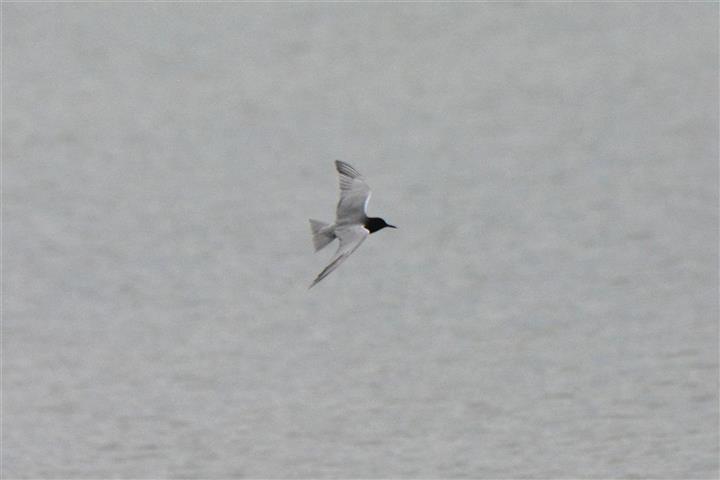
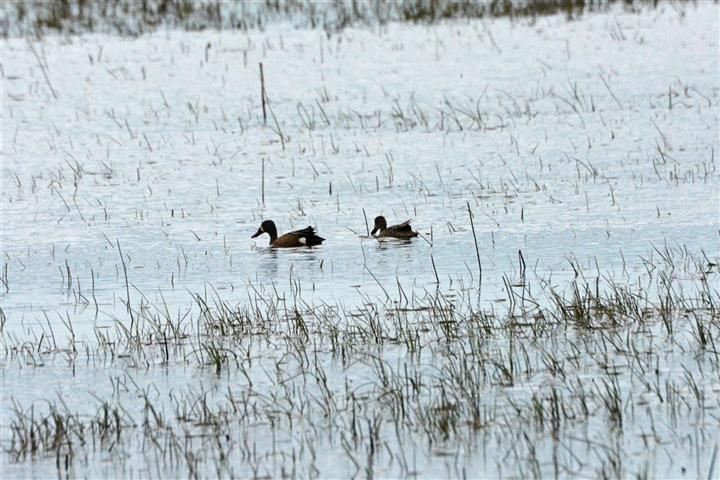
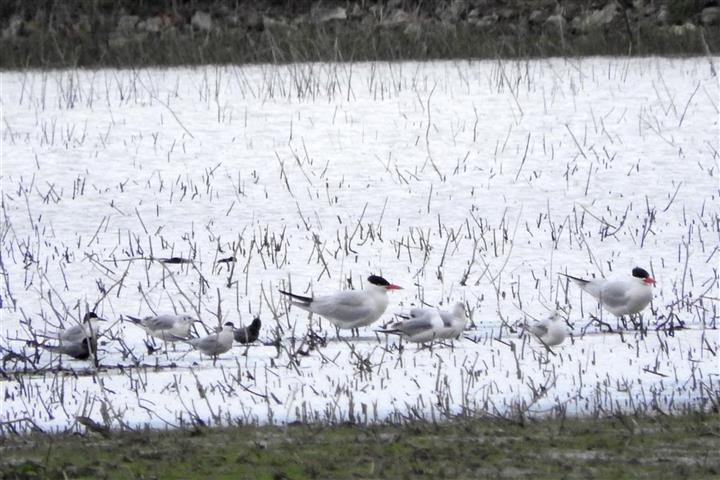
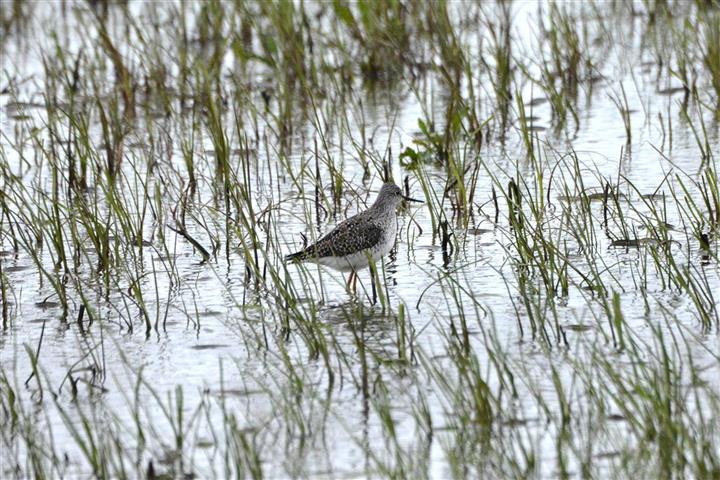
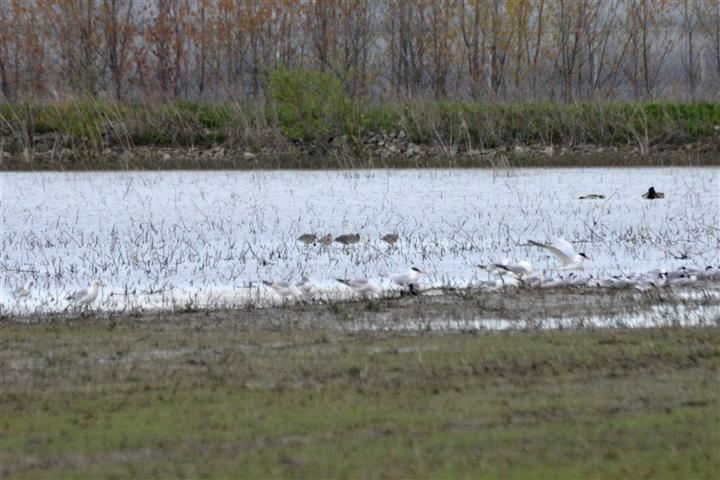
Dinner
for a large group of us was at Paula’s Place - with a menu featuring
several different lake fish dishes.
Sunday
May 15
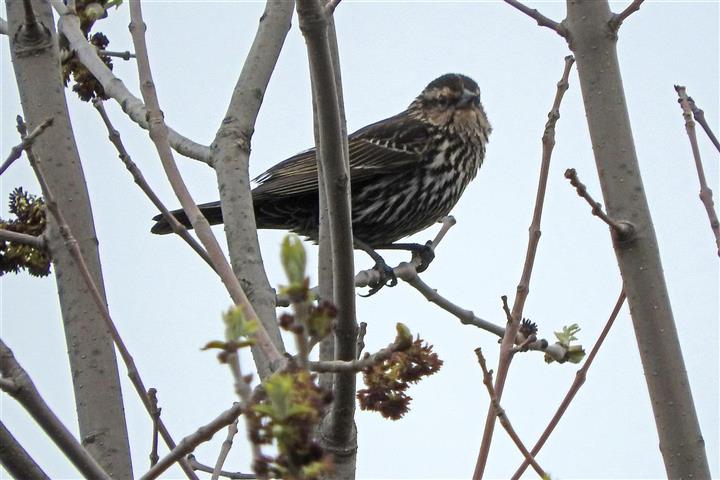
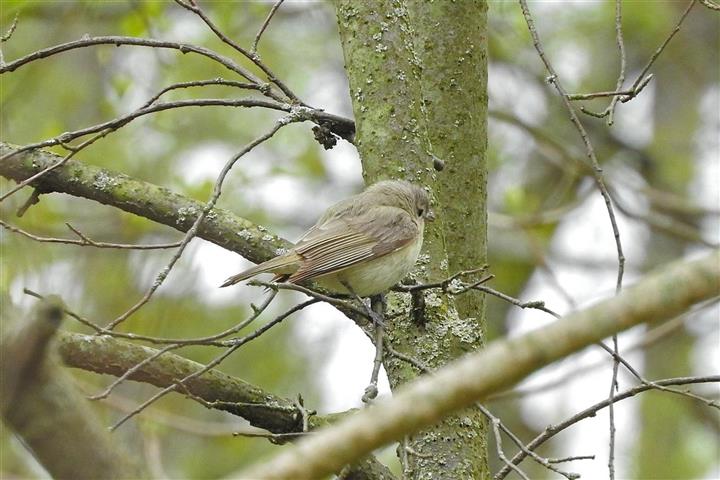
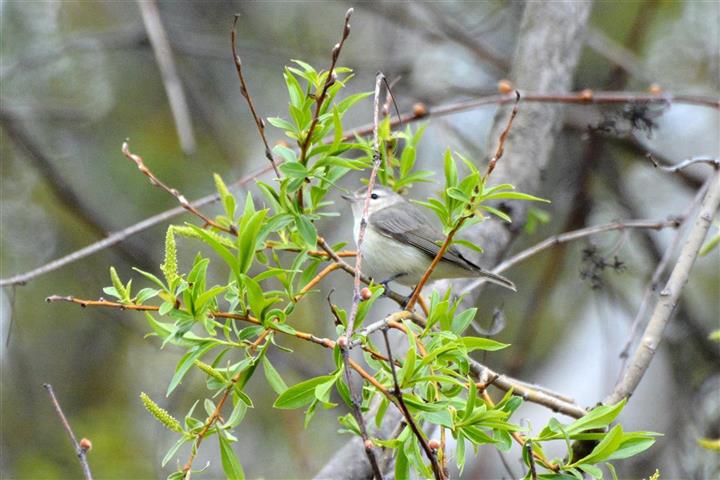
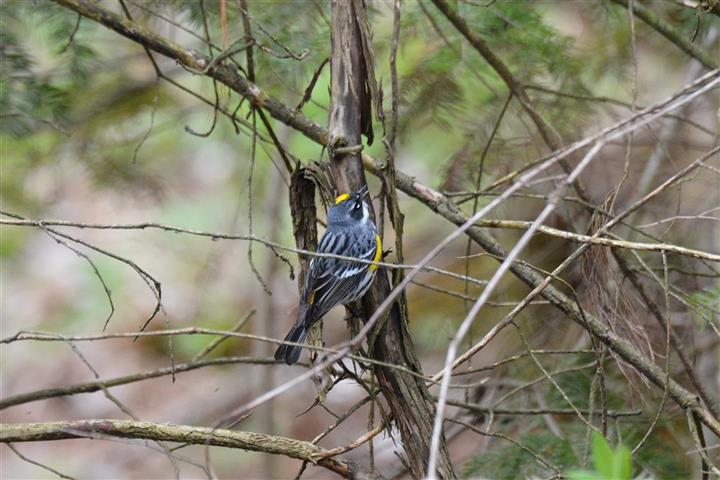
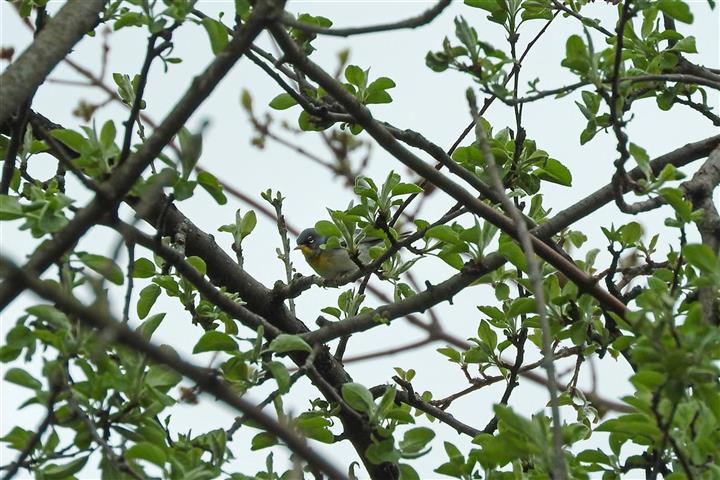
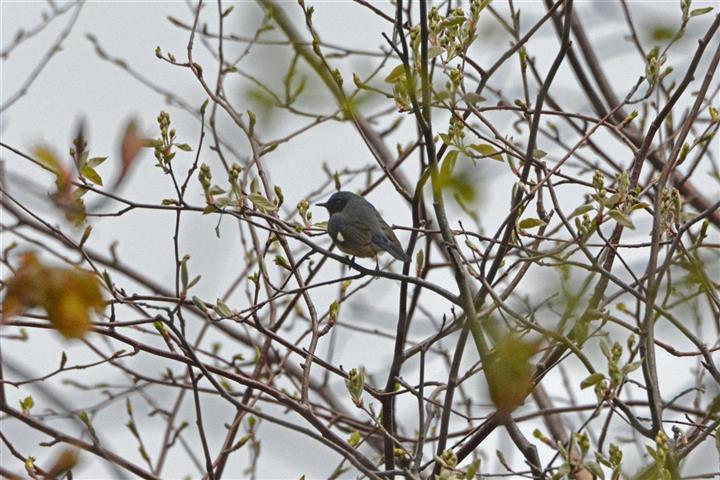
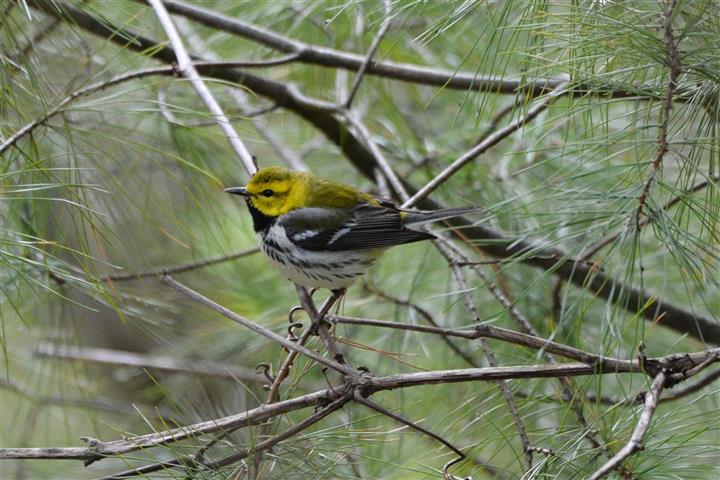
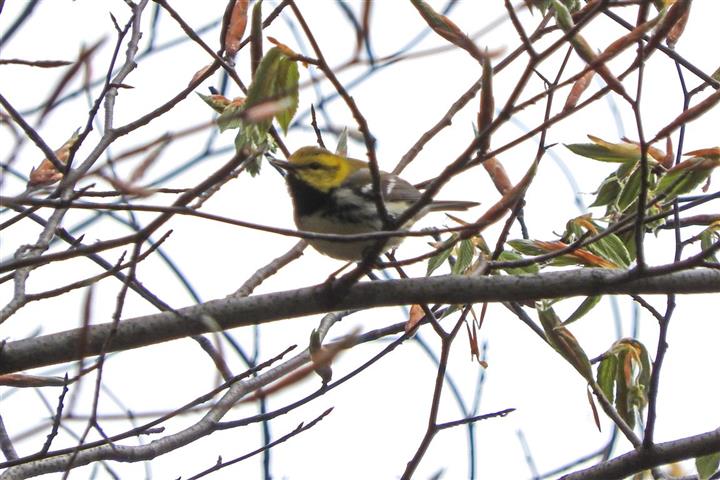
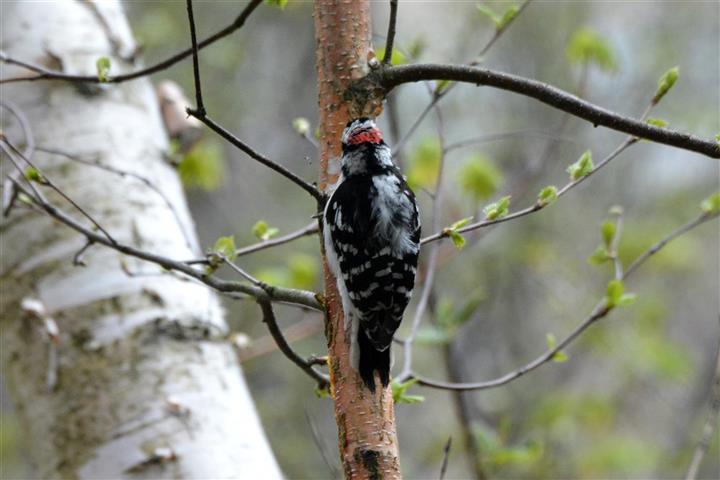
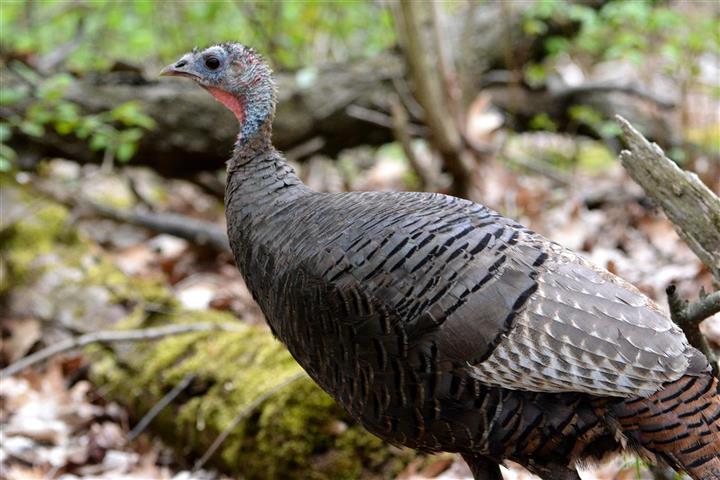
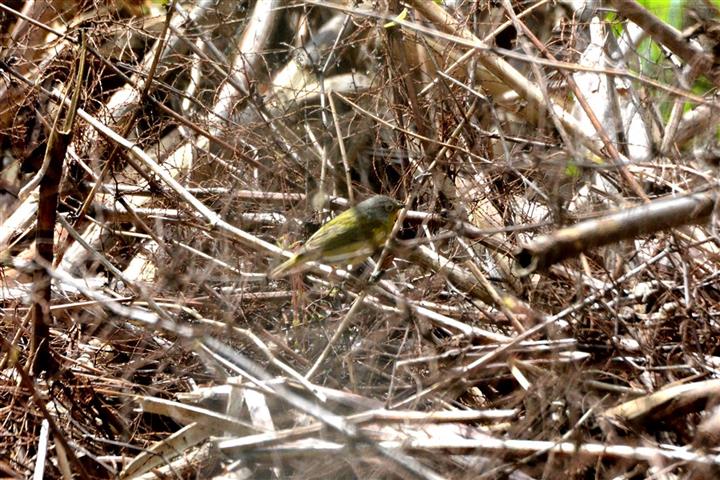
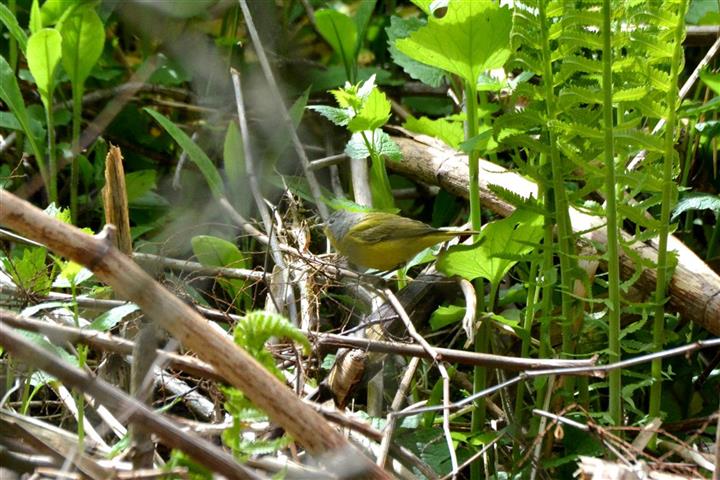
Note:
During the course of this trip we were given a confidential location of an
“Endangered” species (meaning it is found in the wild in
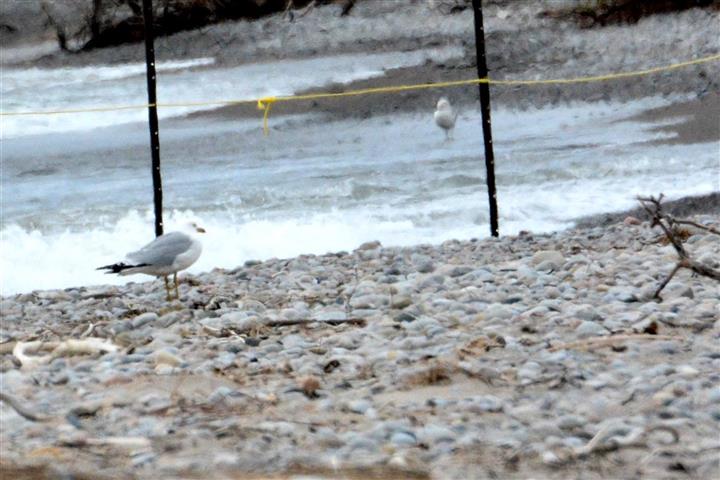
We
arrived home at 1800. We were on time; we had not had any traffic problems
– rare event for the biannual Pelee trip.